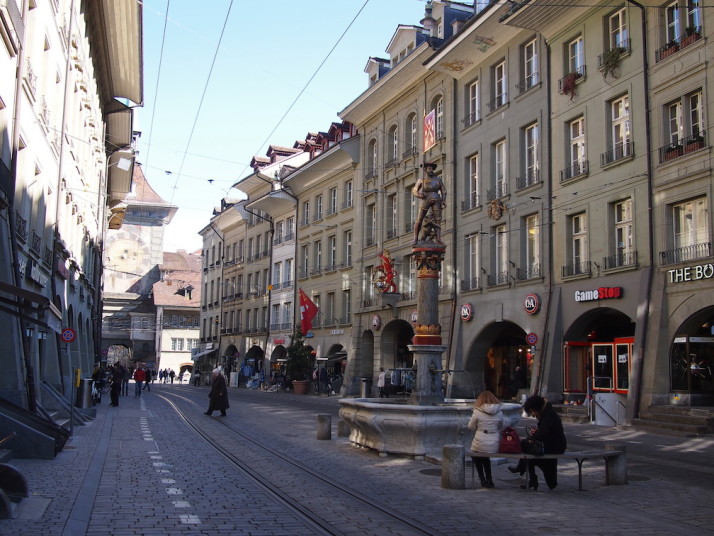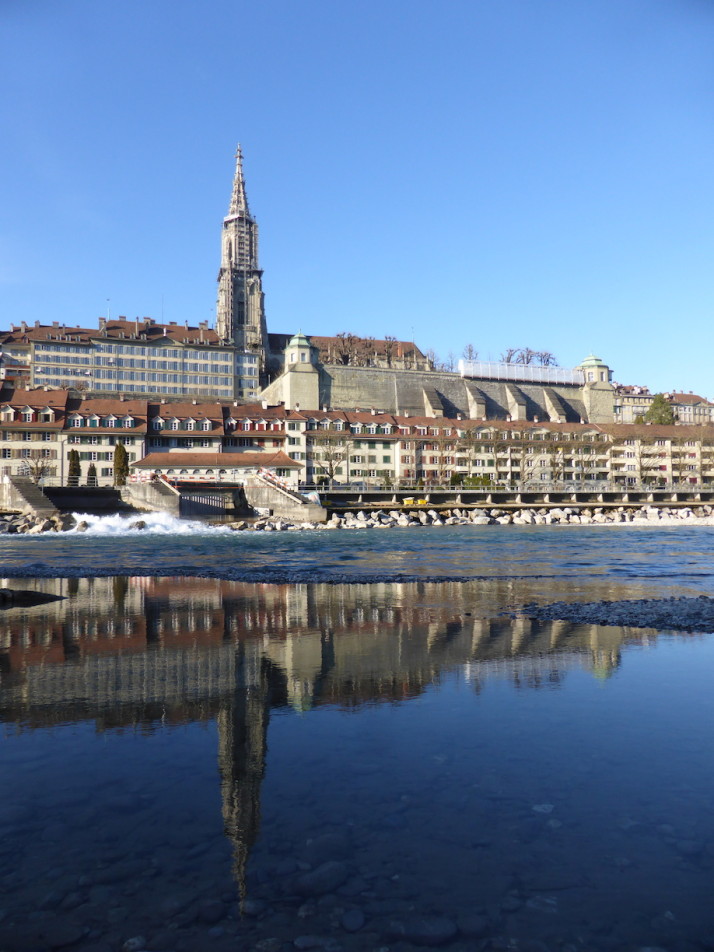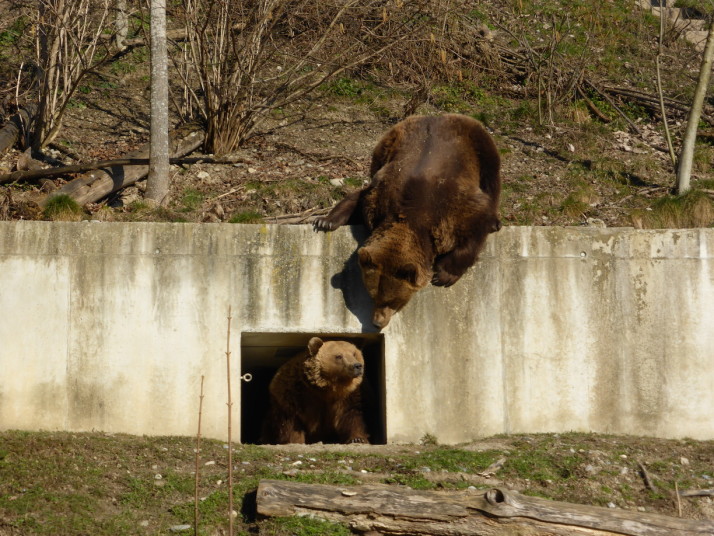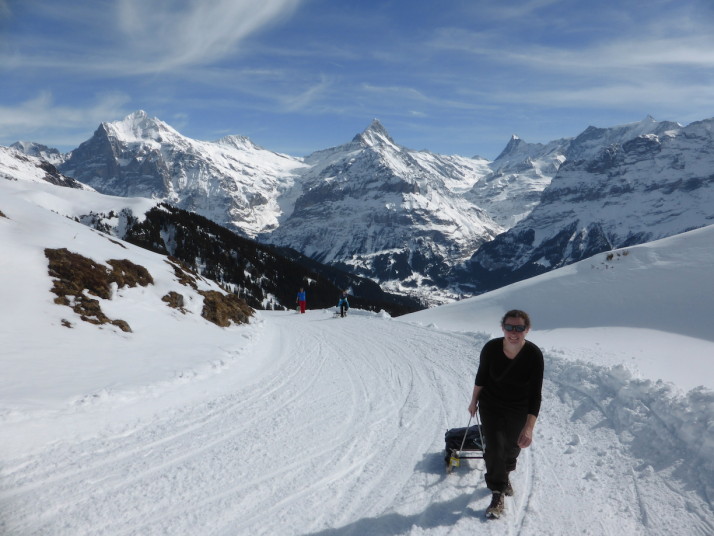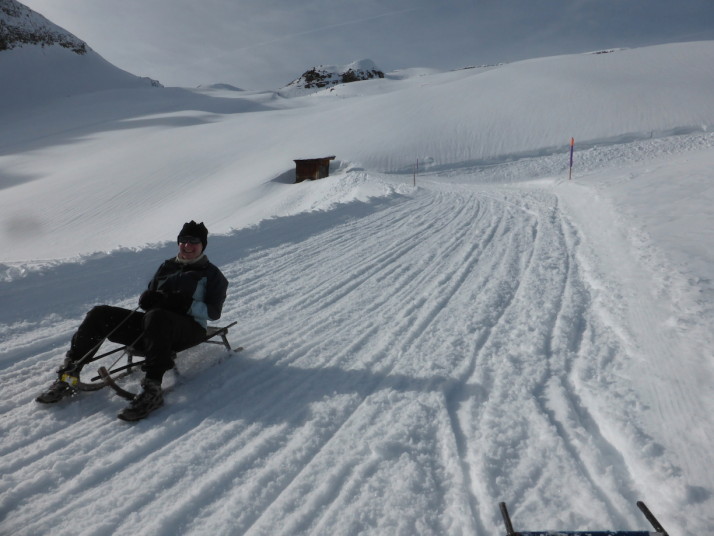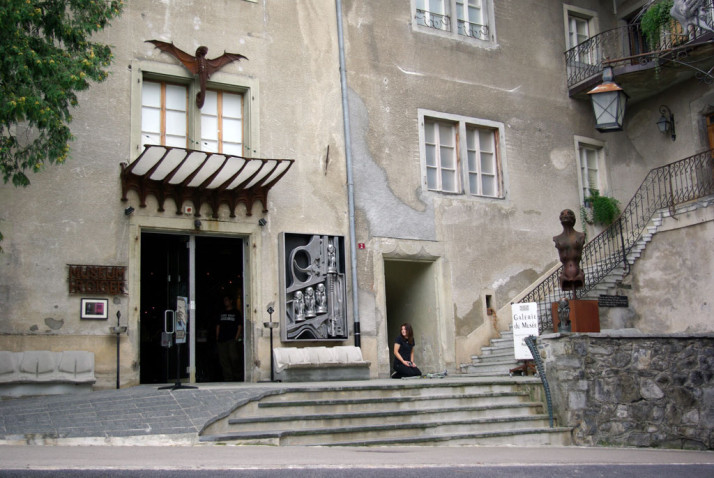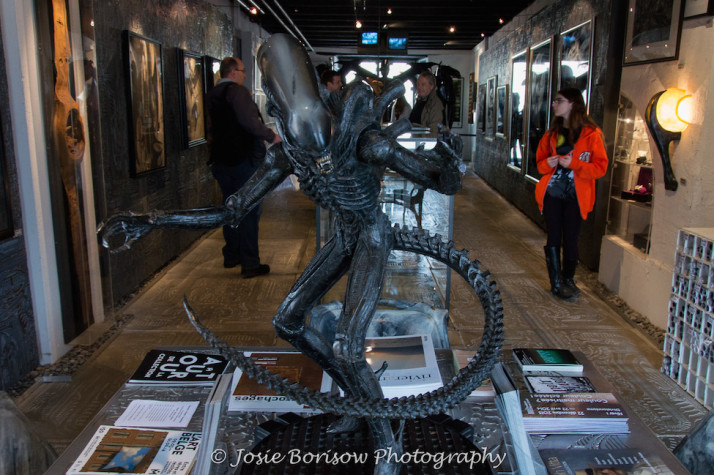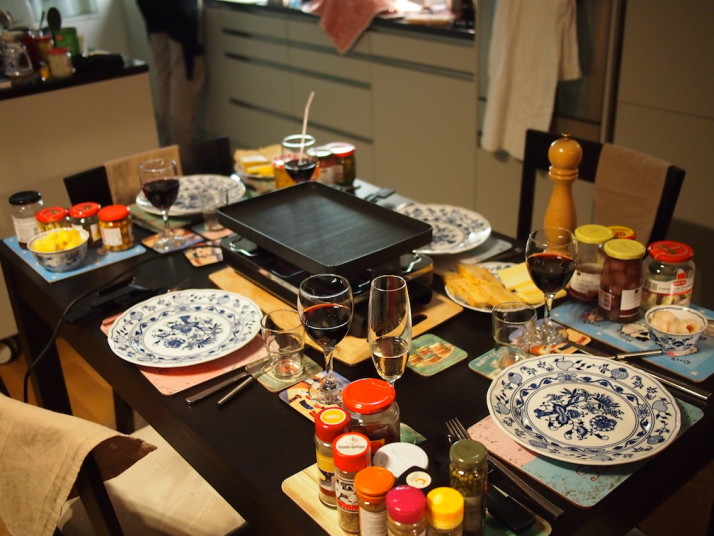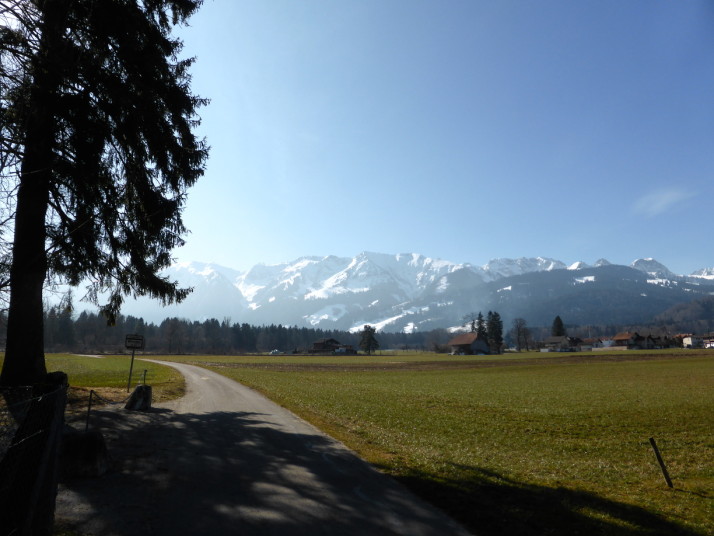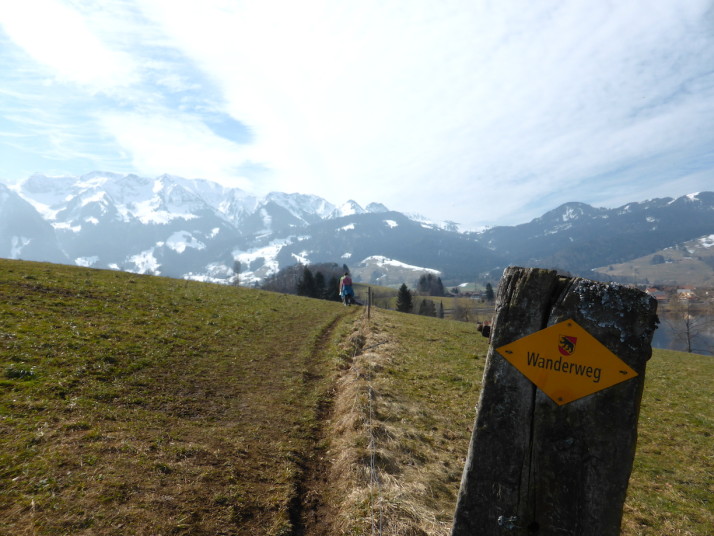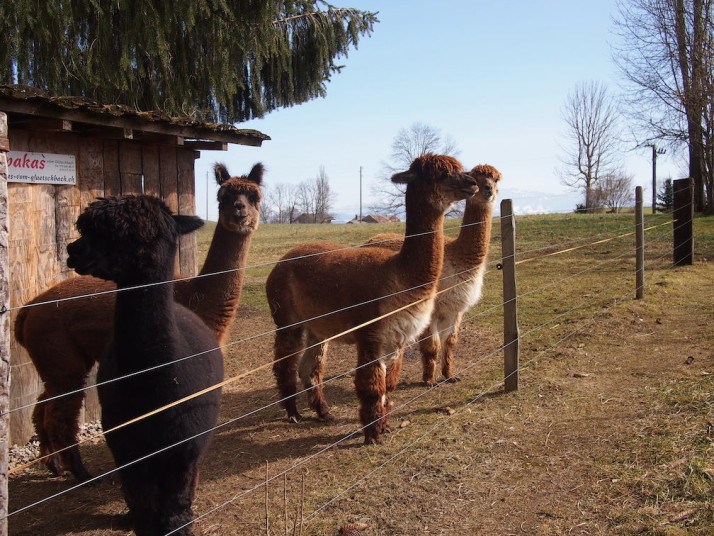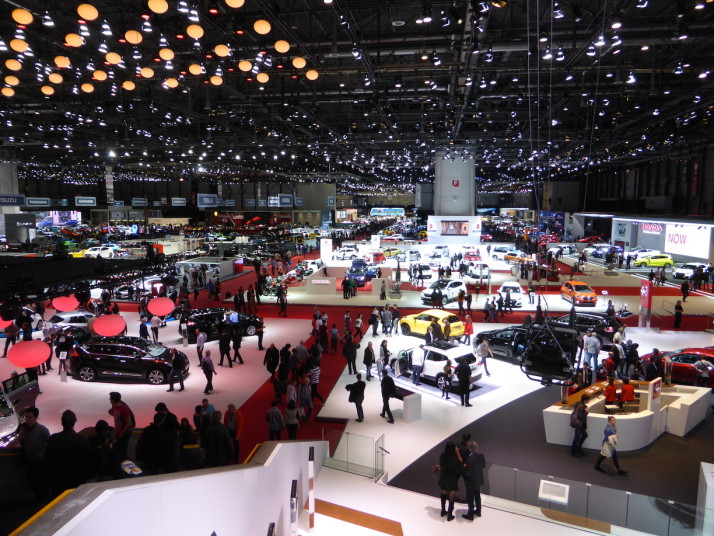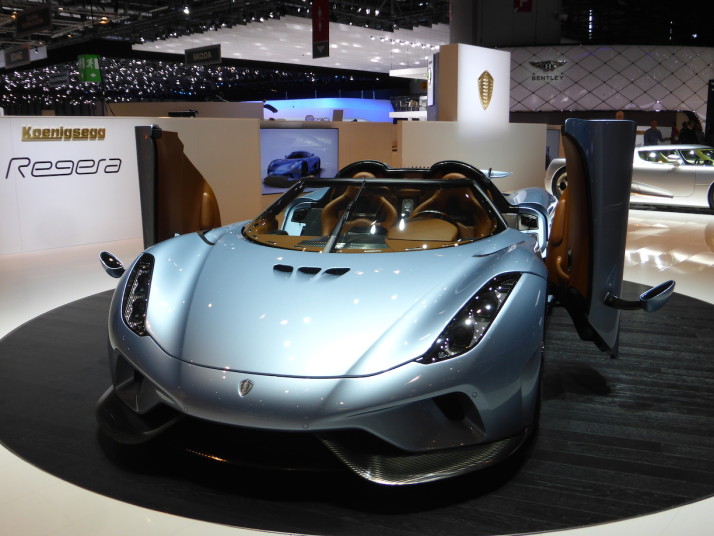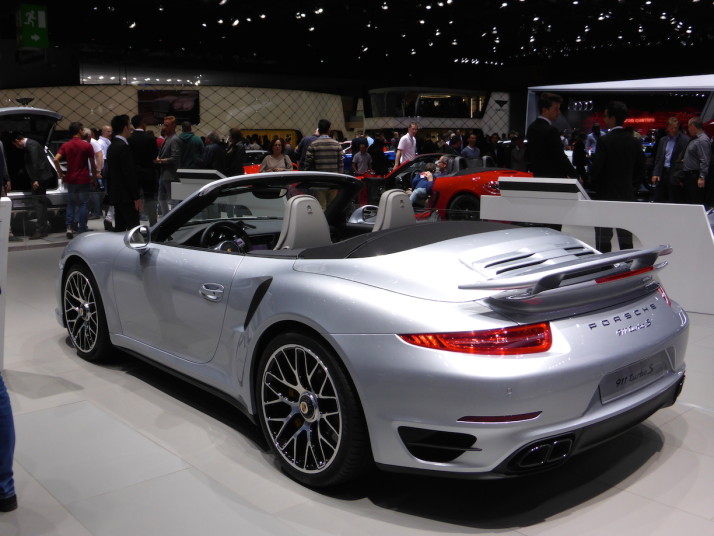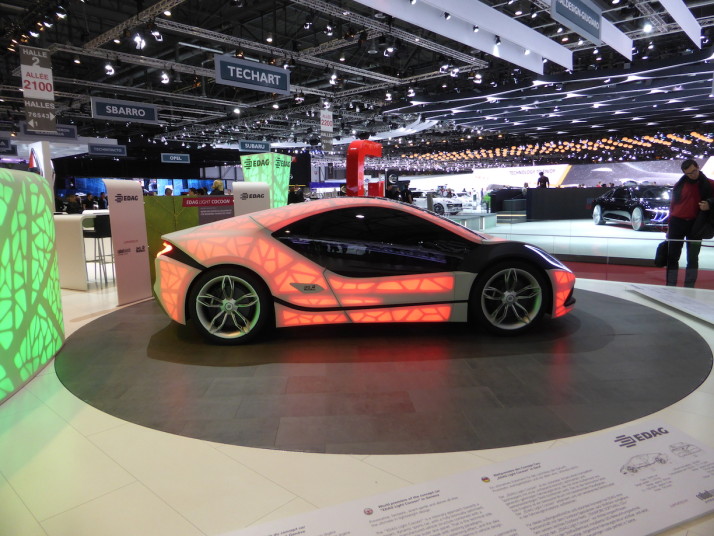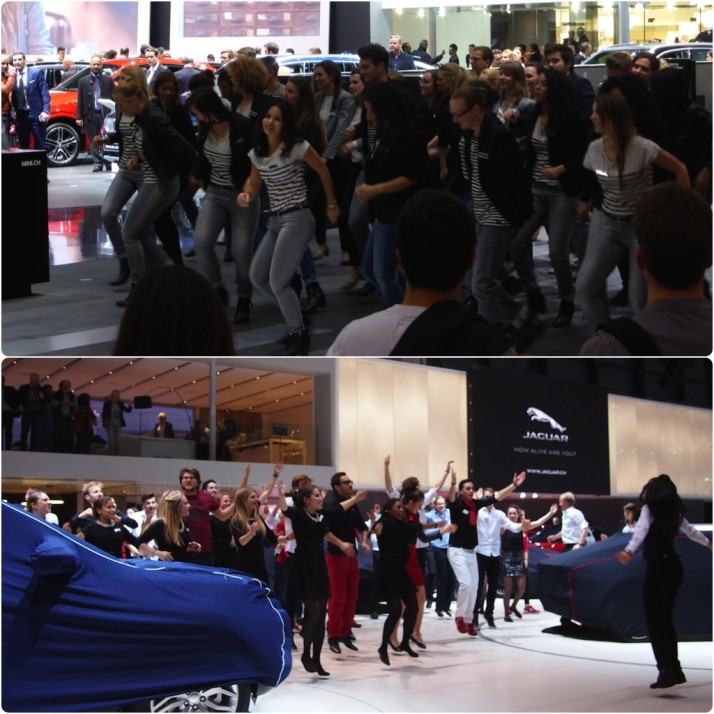On our final day in Tbilisi we took the short marshrutka (minibus) trip north to Mtskheta, spiritual home of Georgian Christianity and a UNESCO World Heritage Site. First stop was the Svetitskhoveli Cathedral which dominates the small town’s centre.
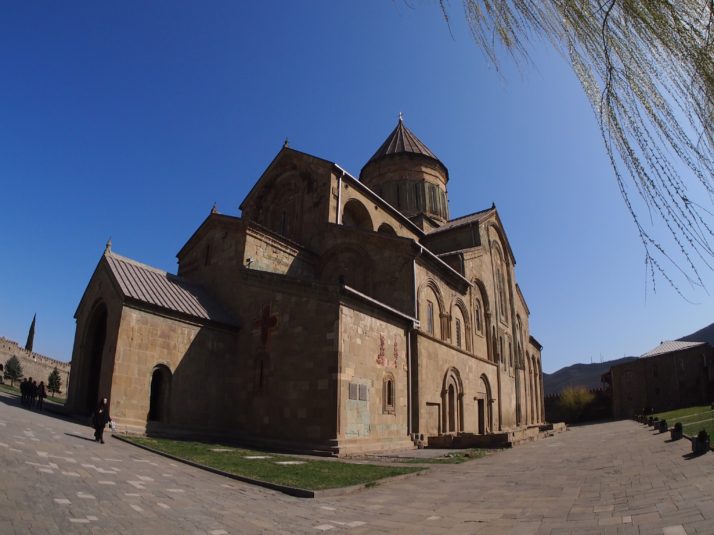
The Svetitskhoveli Cathedral in Mtskheta. We noticed that a lot of Georgian churches have little model churches on their roof ridges and this one is no exception
Svetitskhoveli means ‘Life-Giving Column’, a reference to the legend surrounding the building of the first cathedral on this site in the 4th century. Long before, the robe from Christ’s crucifixion was brought to Mtskheta by a local Jew and ended up buried nearby although the site had been forgotten by the time King Mirian, Georgia’s first Christian king, had been converted and decided to build a cathedral here. When they tried to raise the cathedral’s central pillar it could not be lifted from the ground, but after much praying by St Nino (more about her presently) the pillar moved of its own accord to stand over the spot where Christ’s robe was buried.
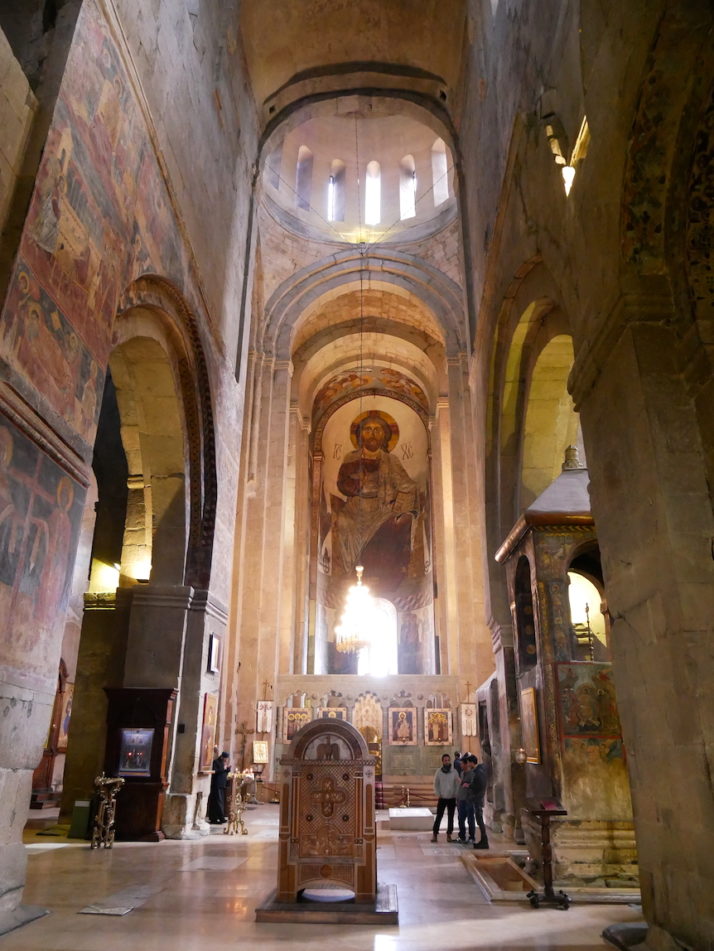
There are some beautiful frescoes inside the cathedral
We loved the cathedral’s decoration, with the Christ fresco in the apse reminding us of churches we’d seen in Sicily, notably Cefalù and Monreale, and the icons with hanging lamps in front. The gravestones in the floor give hints as to the history of the area and the different rulers who have had influence here at various times, we spotted several Cyrillic (Russian) and Arabic, as well as ancient and modern Georgian scripts. In one of the side aisles there’s a copy of the Chapel of the Holy Sepulchre in Jerusalem erected to mark Svetitskhoveli as the second most holy place in the world (after the original chapel) and today visited by many Georgians who are not able to travel to Jerusalem.
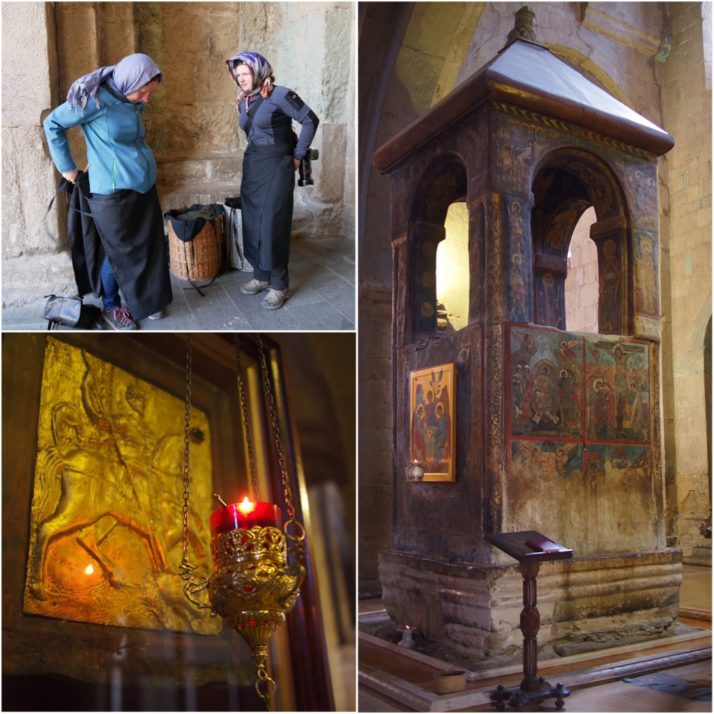
Svetitskhoveli Cathedral (clockwise from top left): Jo and I had to don headscarves and apron-like ‘skirts’ before we could enter (Andrew just had to take off his hat); the original ‘Life-Giving Column’ was on the site of this monument; as you might expect St George is a common subject for icons all around Georgia
After visiting the cathedral we were starting to get hungry. The Lonely Planet told us that lobio, casseroled kidney beans with herbs and spices, are a specialty in Mtskheta so that was what we sought out. They’re served in individual clay pots and were even tastier than we expected. With some bread and salad they made for a nutritious and cheap lunch!
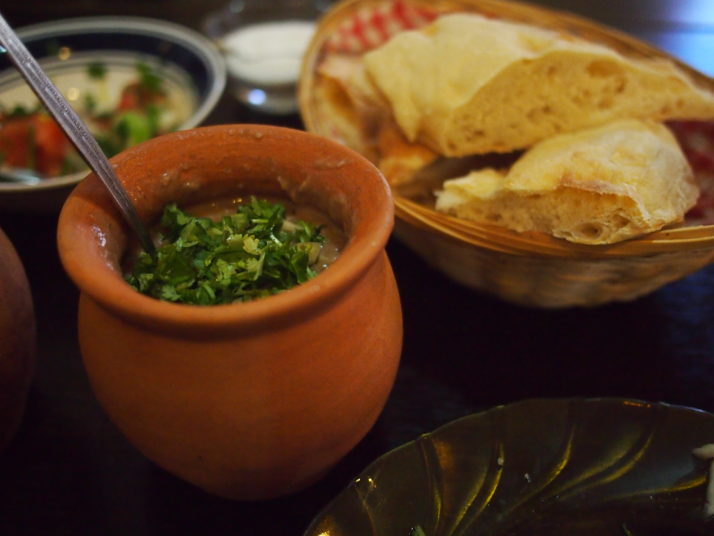
Lobio for lunch in a Mtskheta cafe
After lunch we made our way to the Jvari Church, sitting on a ridge over the town. As the crow flies it’s not far, but to get there by road it’s 11km each way and, as it’s not served by public transport, most visitors take a taxi. But that’s not our style, it was a glorious day and a bit of exercise would do us good, so we checked with the helpful lady in the Tourist Information Office who informed us that it was possible to walk there in about an hour. The only hitch was crossing the dual carriageway that separates the town from the hill where the church is. Fortunately the road wasn’t too busy, the visibility was good and there was a nice high central reservation to wait on in the middle, still it wasn’t the nicest road crossing we’ve ever done – though less stressful than navigating the hundreds of teeming scooters in Vietnam!
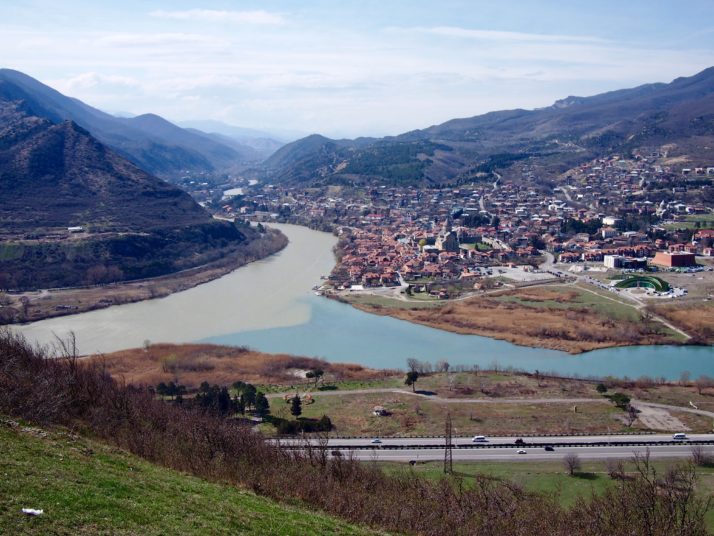
From the Jvari church there’s a spectacular view of Mtskheta and the confluence of the Aragvi (blue) and Mtkvari (grey) rivers
The Jvari Church itself is small and simply constructed but very holy for Georgians as it stands on the site where King Mirian erected a wooden cross soon after his conversion by St Nino in around 327AD. St Nino was a missionary from a Greek-speaking Roman family. Reputedly related to St George, she travelled to Georgia from Constantinople (modern day Istanbul) and became one of the most important saints in the Georgian Orthodox church. Her grapevine cross is a symbol of Georgian Christianity, and Nino is a very popular girls name too – it sometimes seemed like every other local woman we met was called Nino!
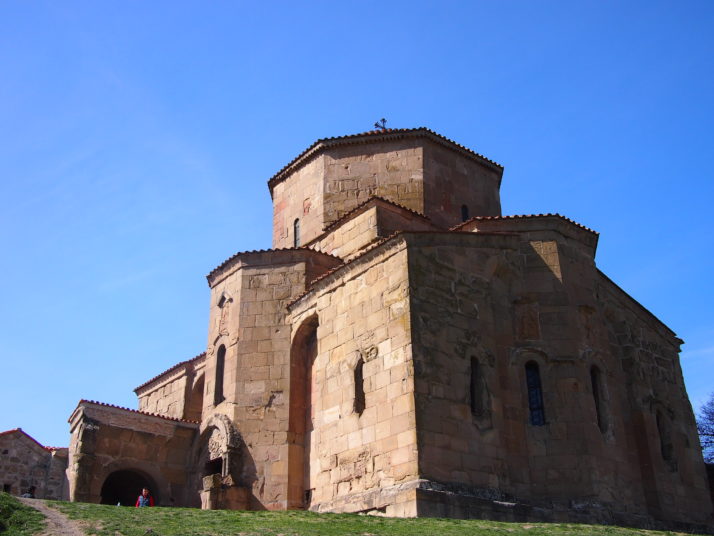
The small and symmetrical Jvari church
It was extremely windy on the ridge outside the church though the view was worth being blown about for. The inside is a big contrast to the Svetitskhoveli Cathedral, with bare stone walls rather than frescoes, the small circular space is dominated by a large wooden cross, and there’s a rather sombre atmosphere with a black-clad old lady shushing anyone who speaks too loudly.
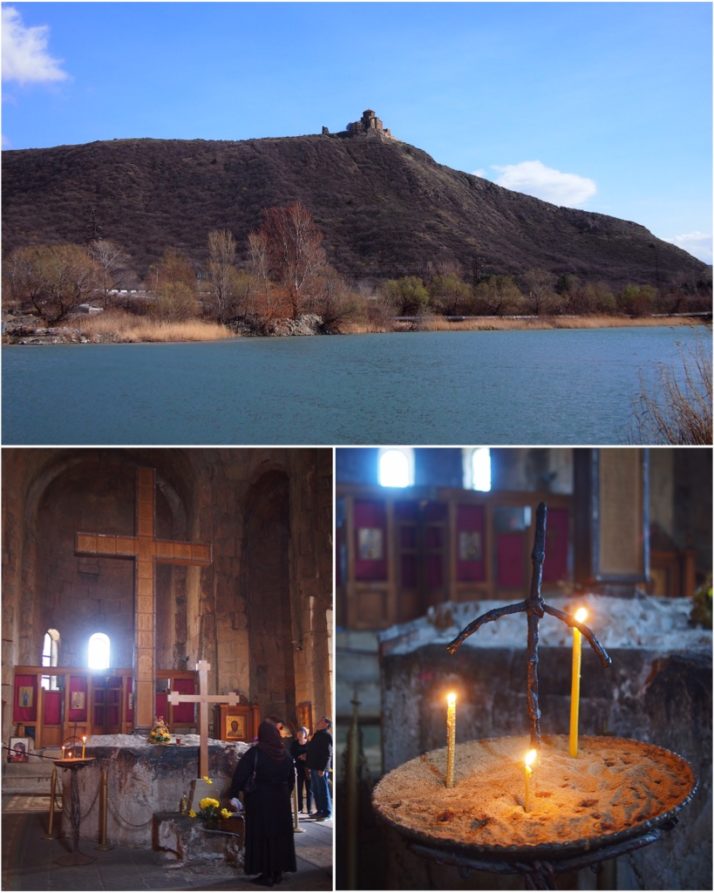
Jvari church (clockwise from top): the church stands on a ridge across the river from Mtskheta town; a representation of the cross of St Nino; inside the church is dominated by a large wooden cross

 two year trip
two year trip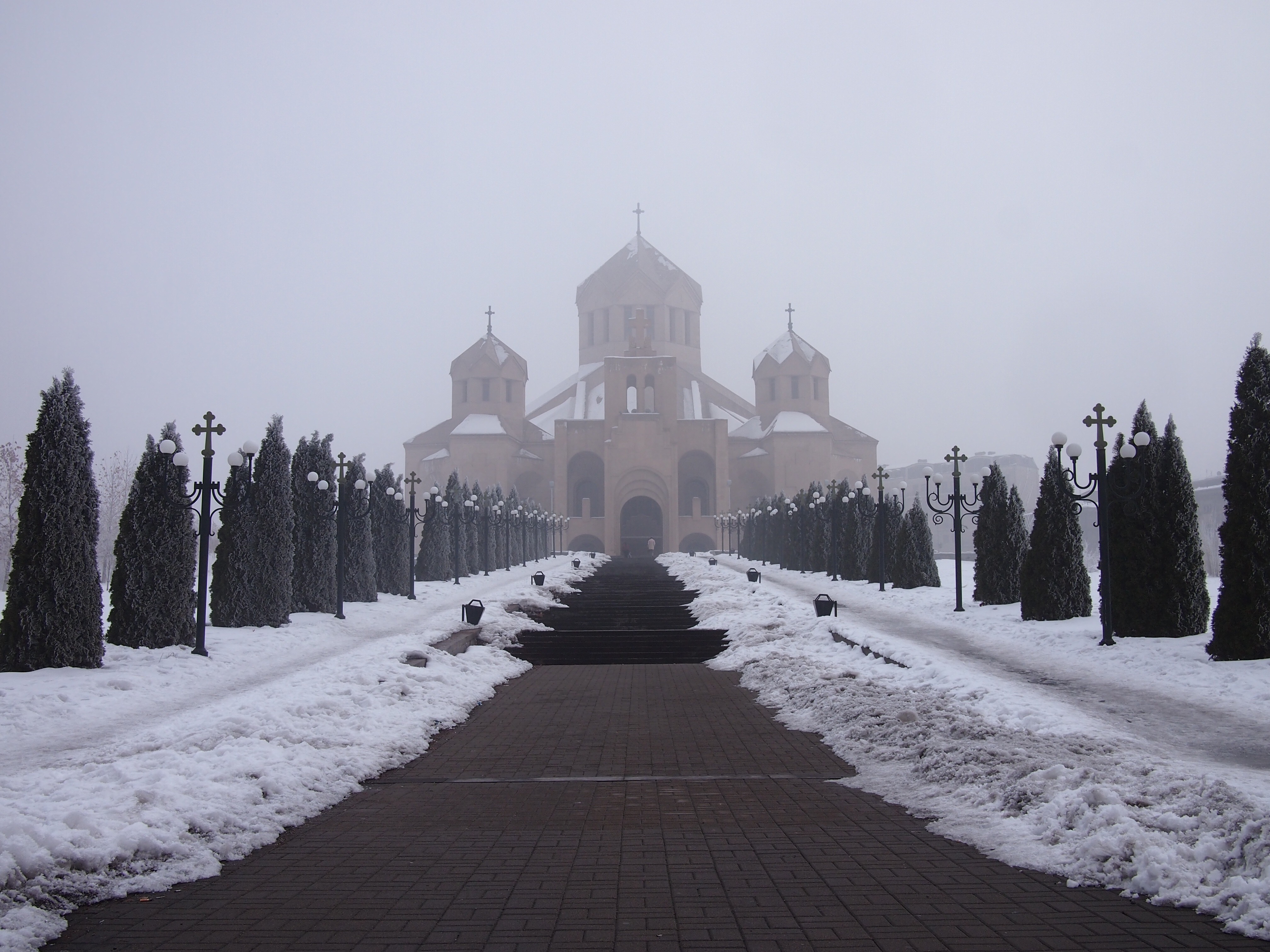
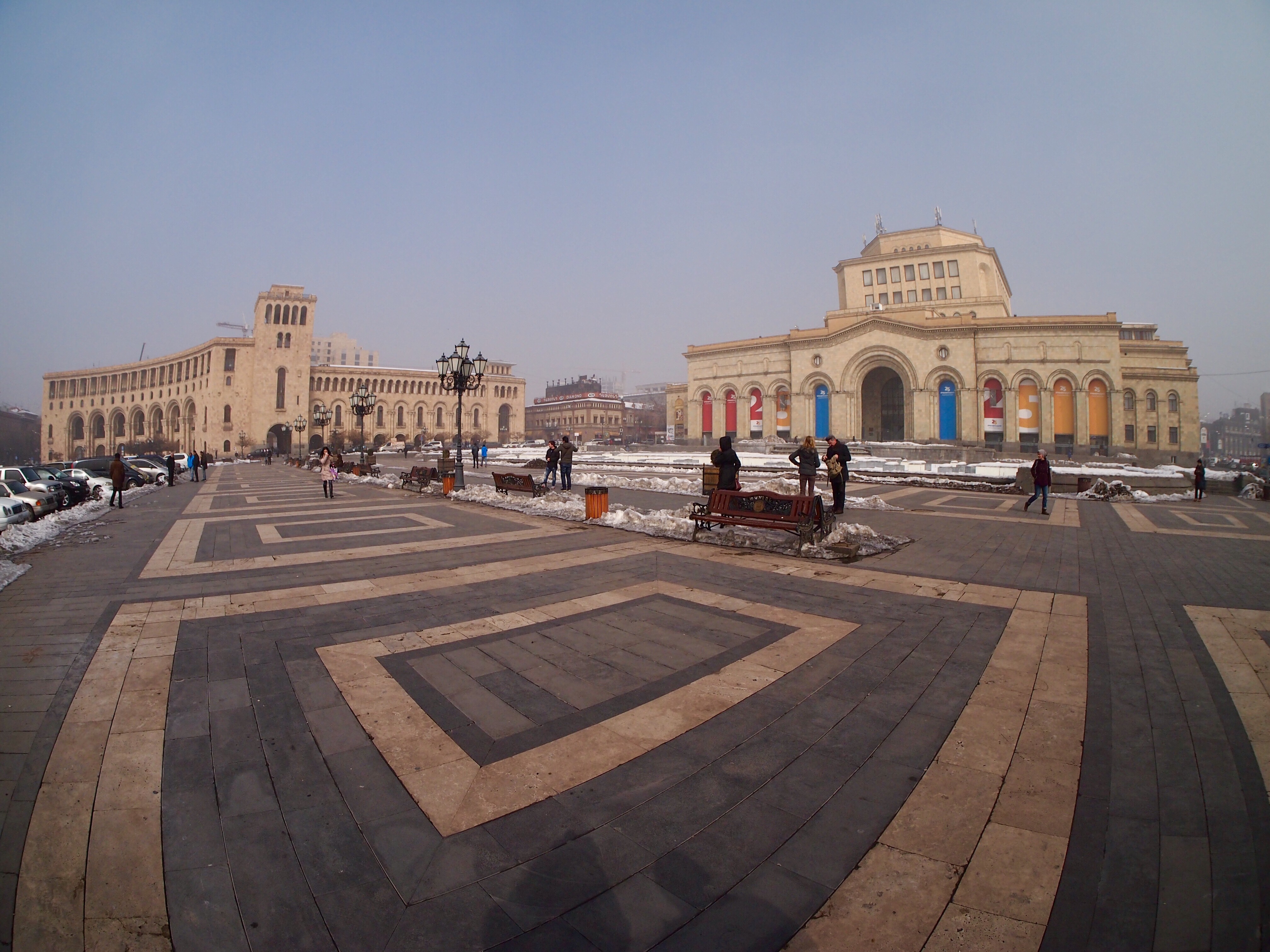
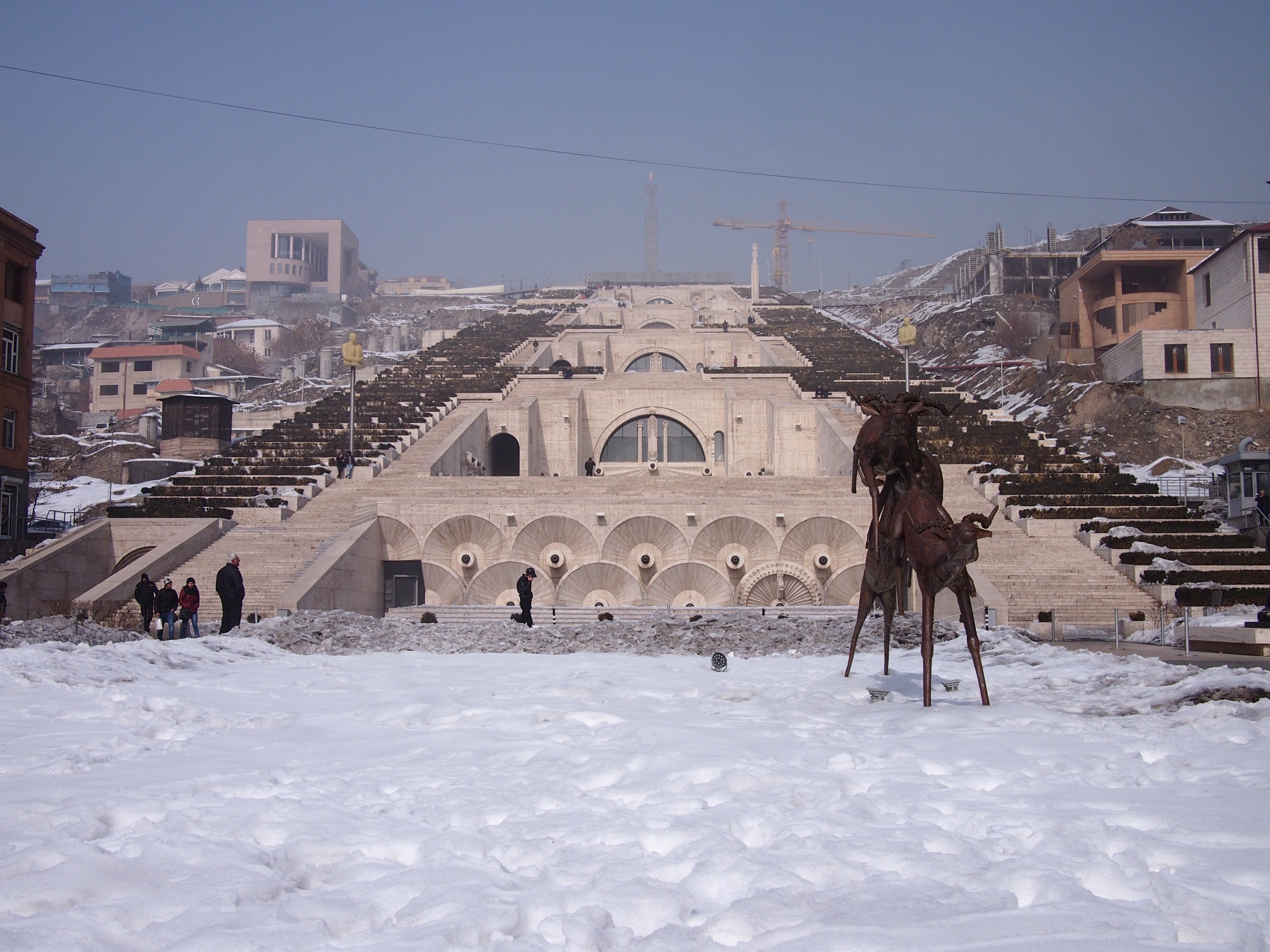
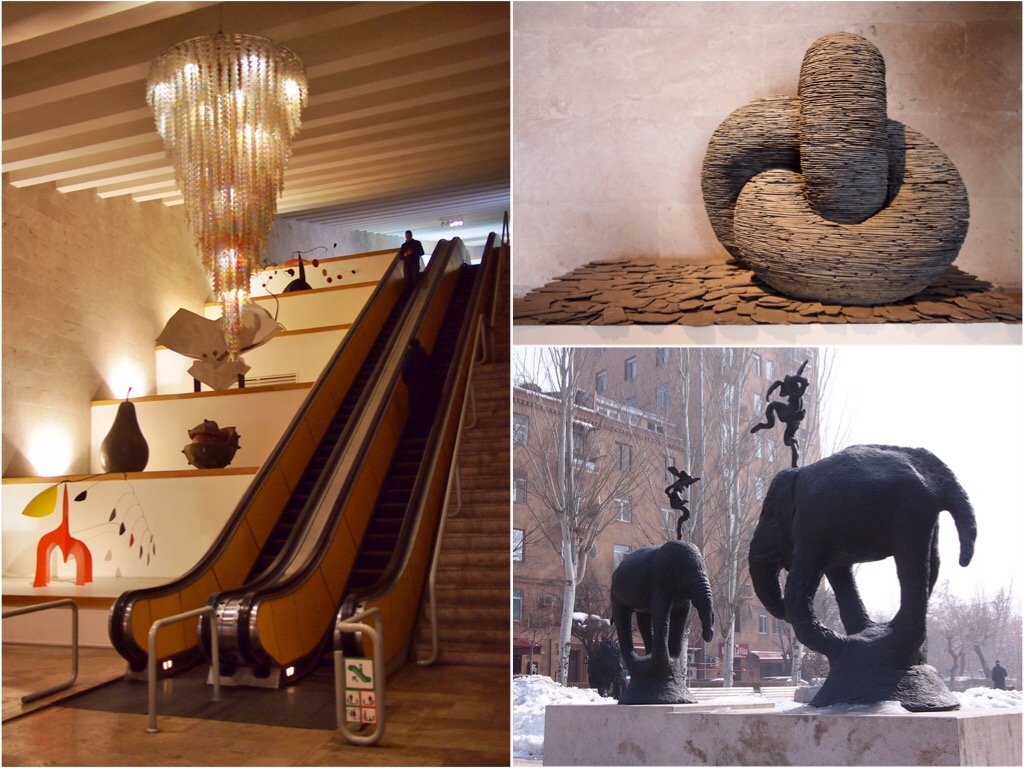
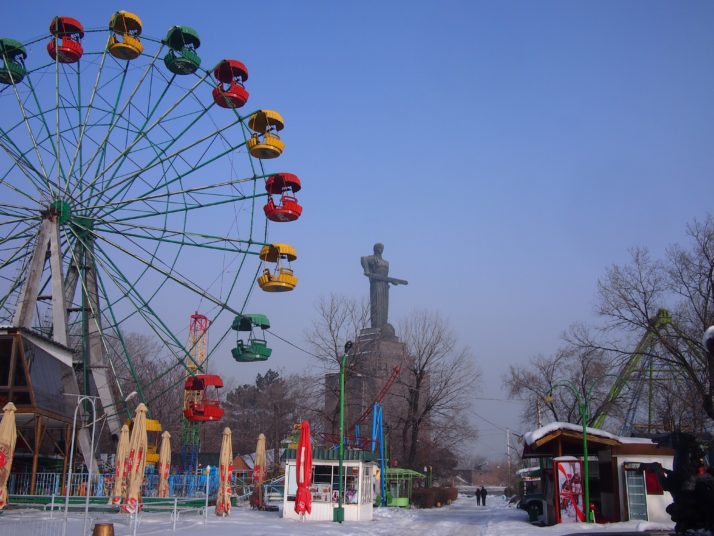
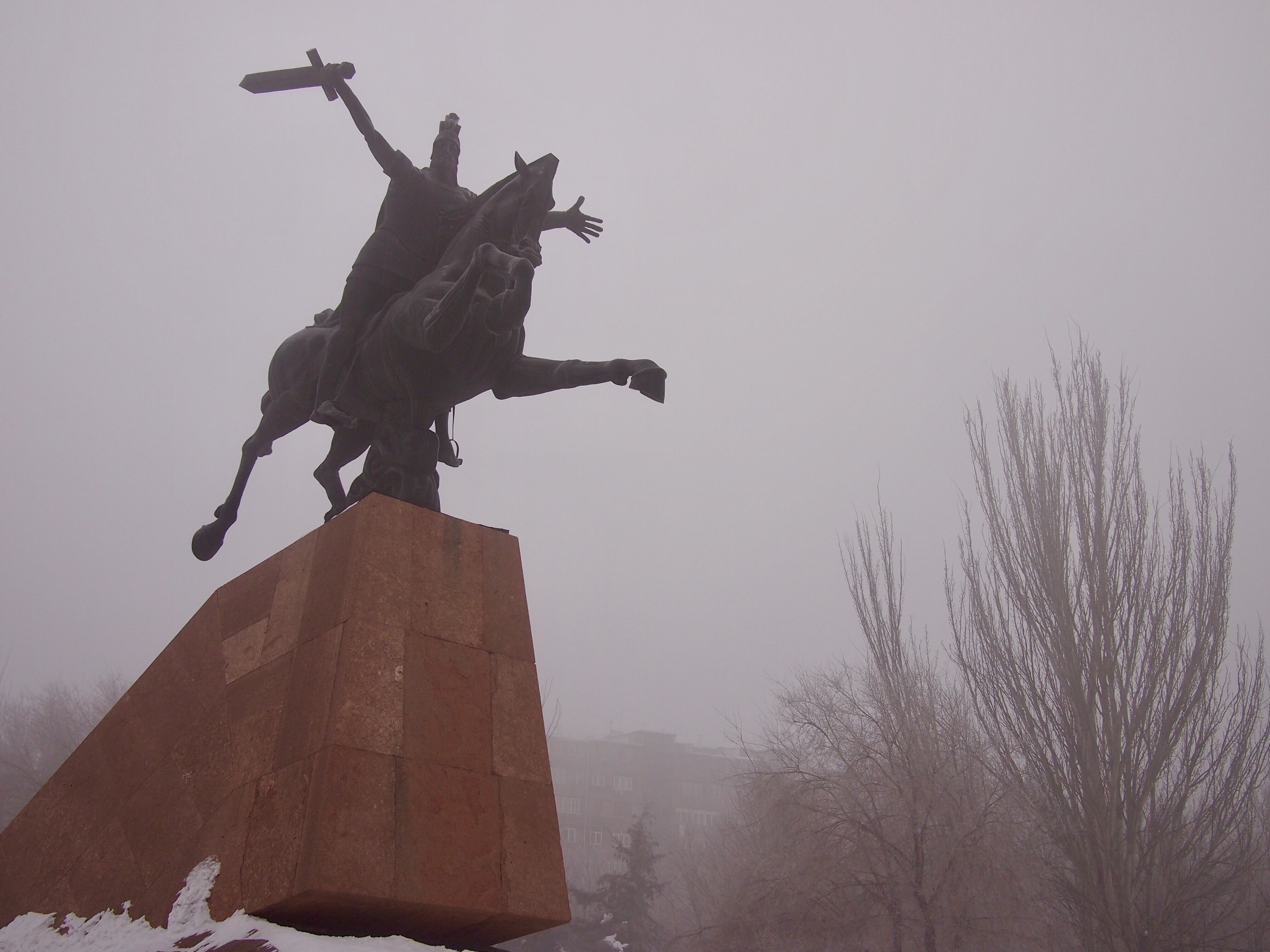
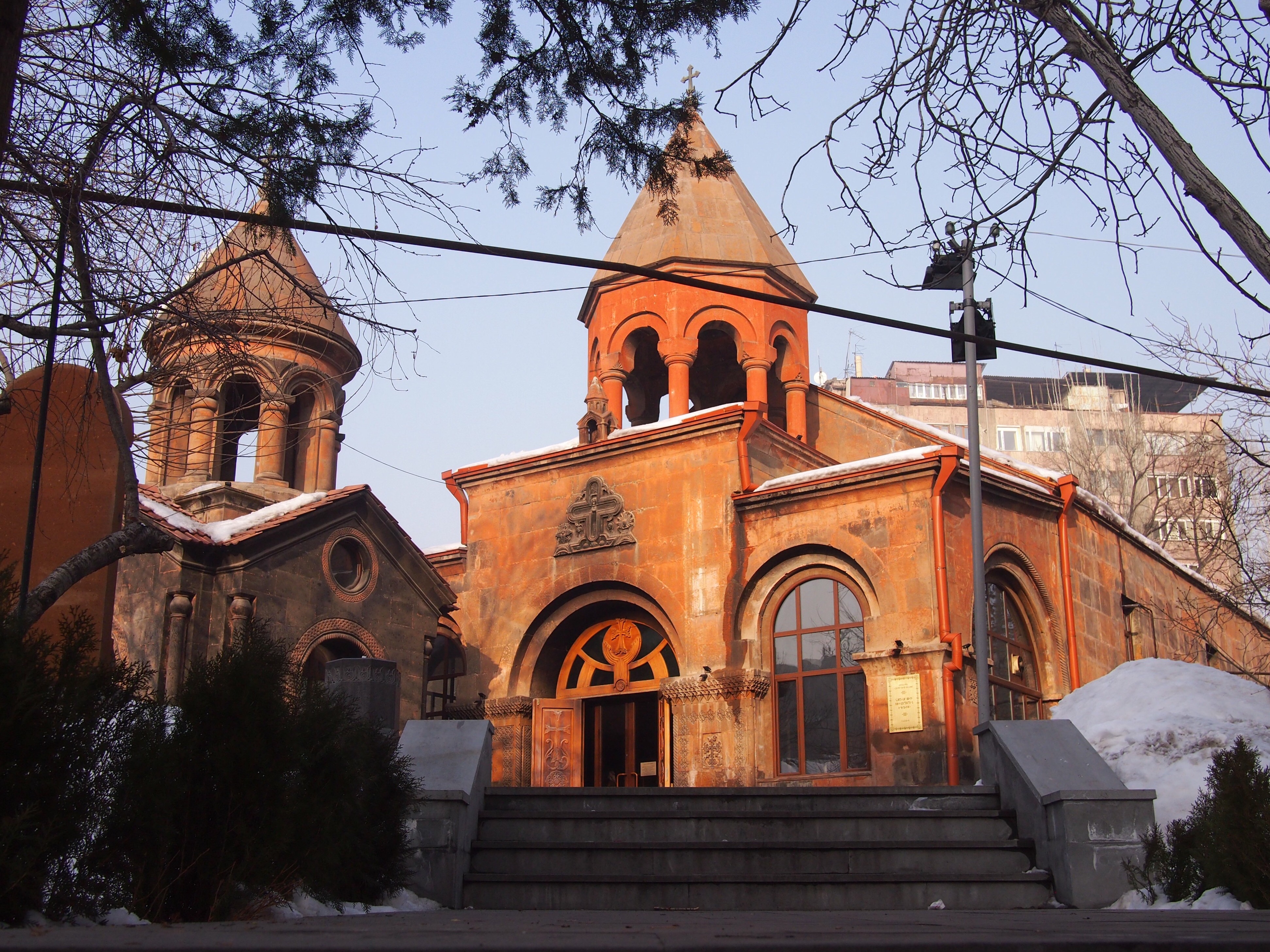
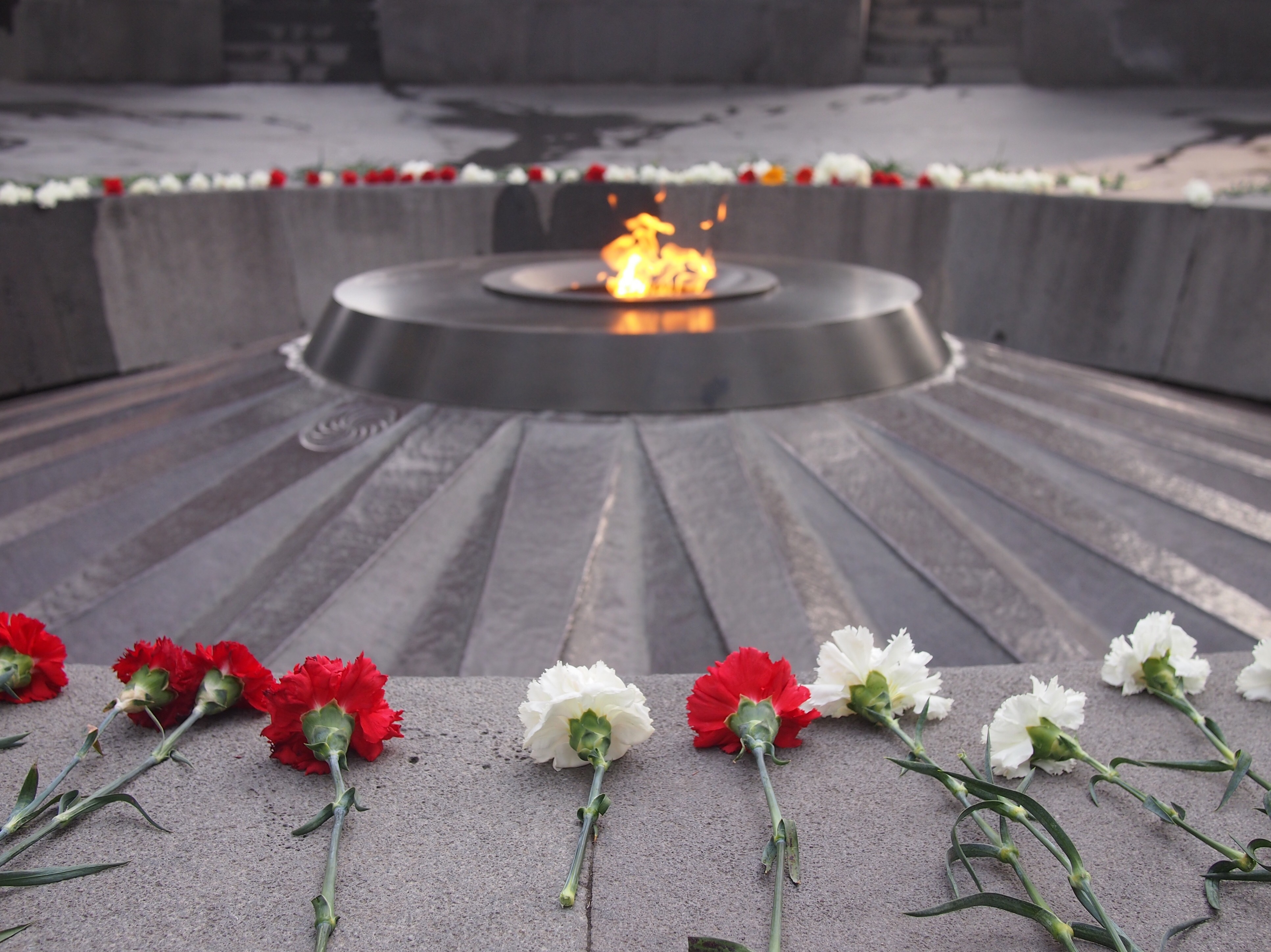
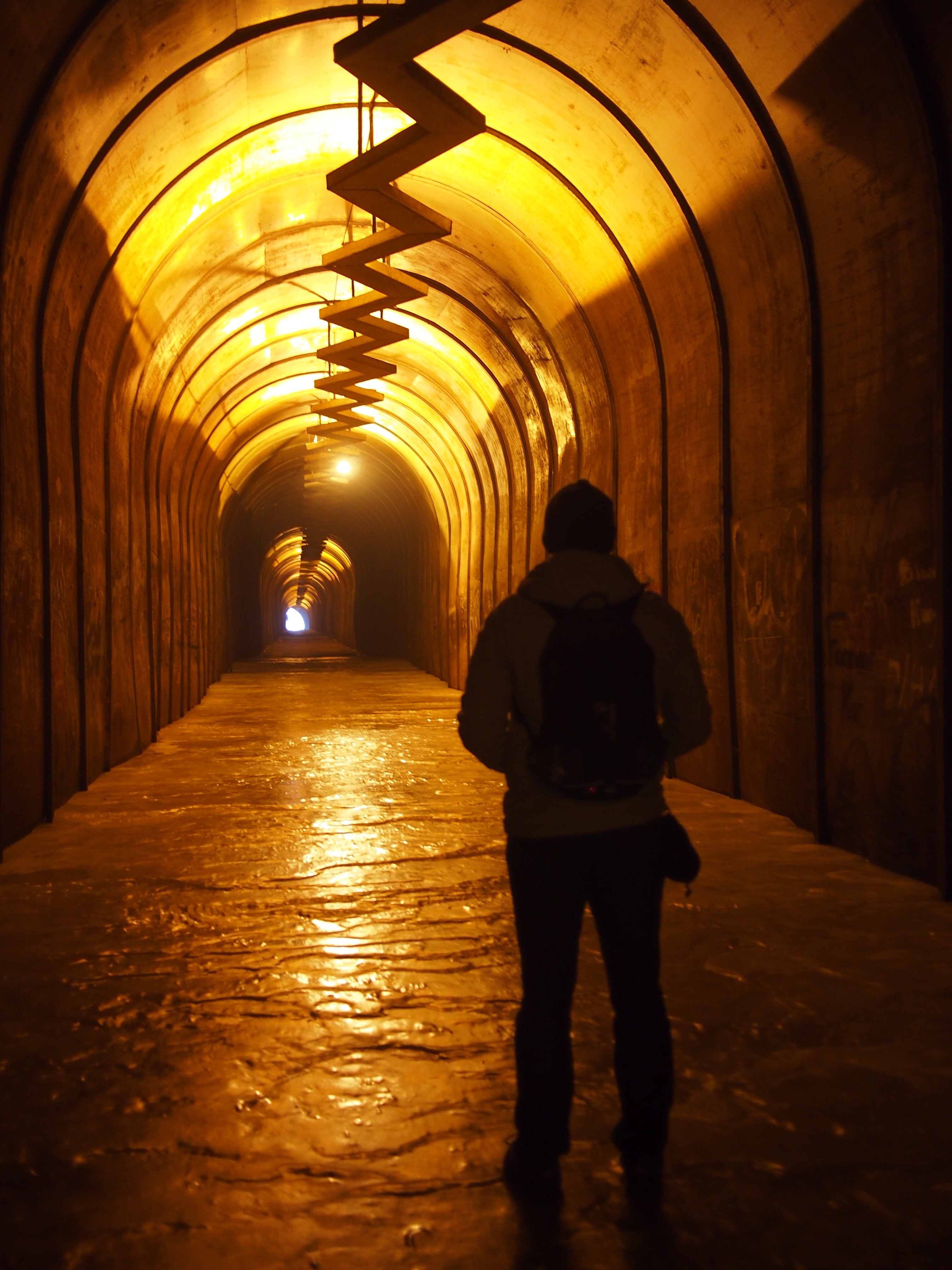
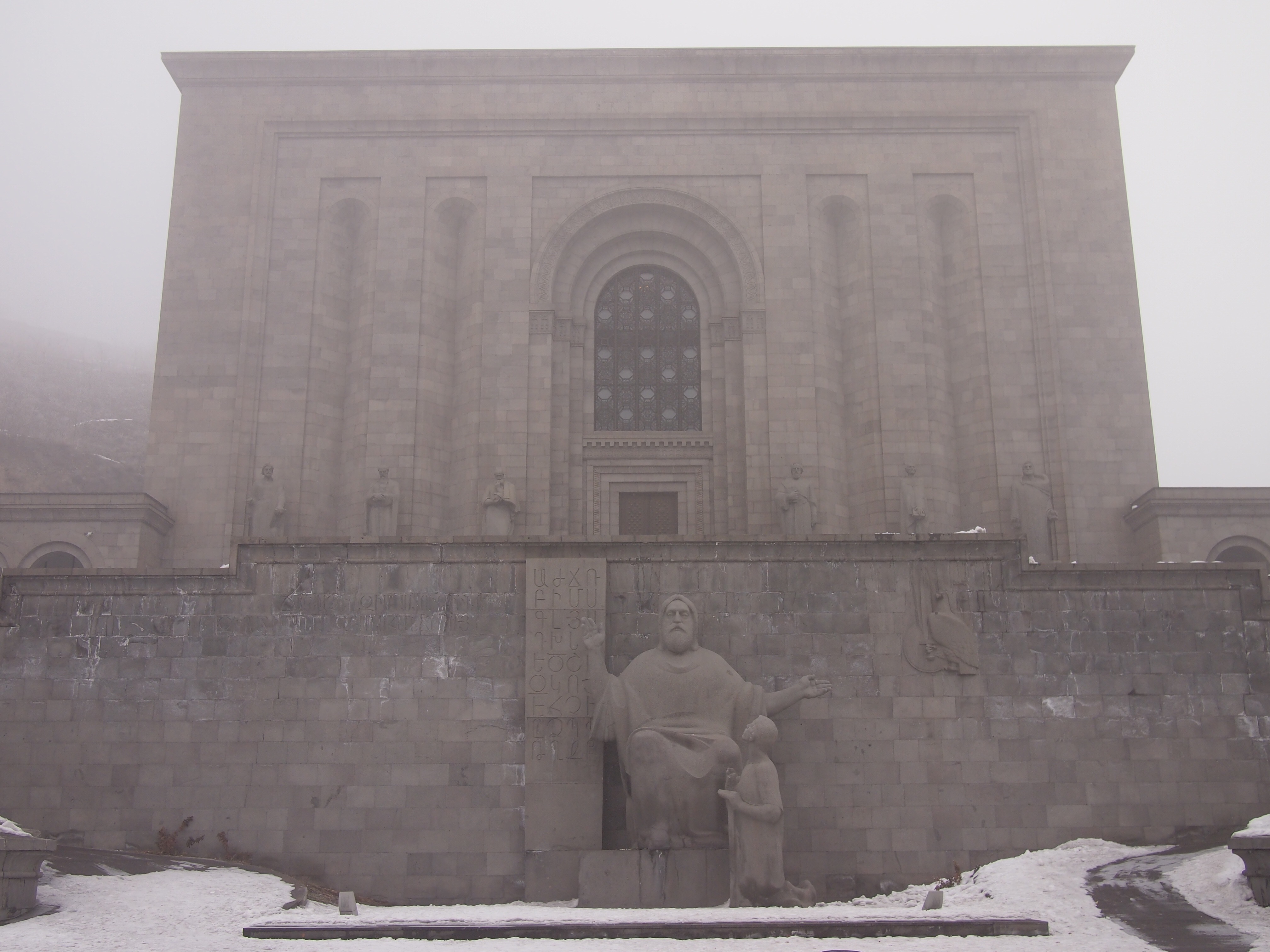
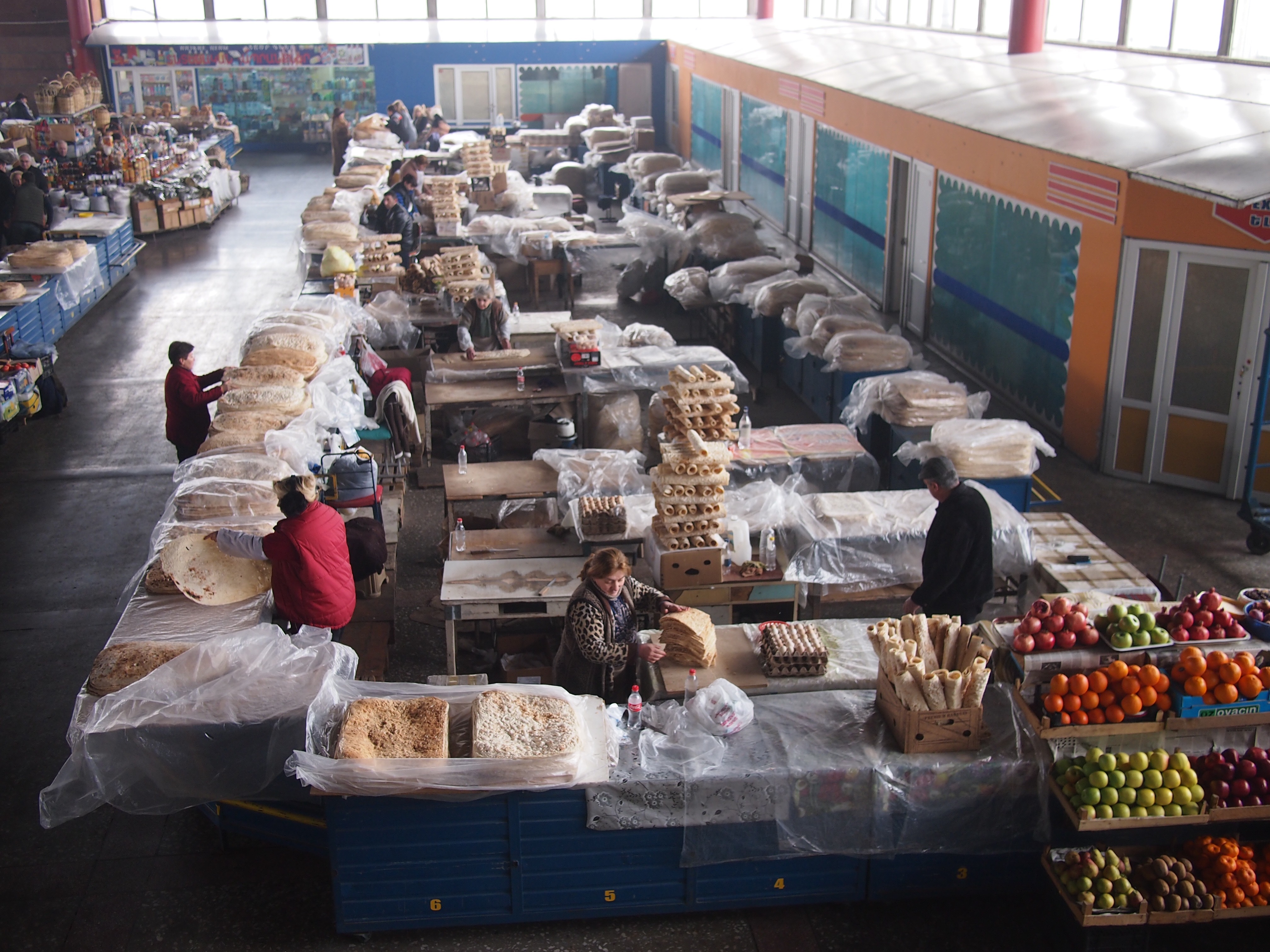

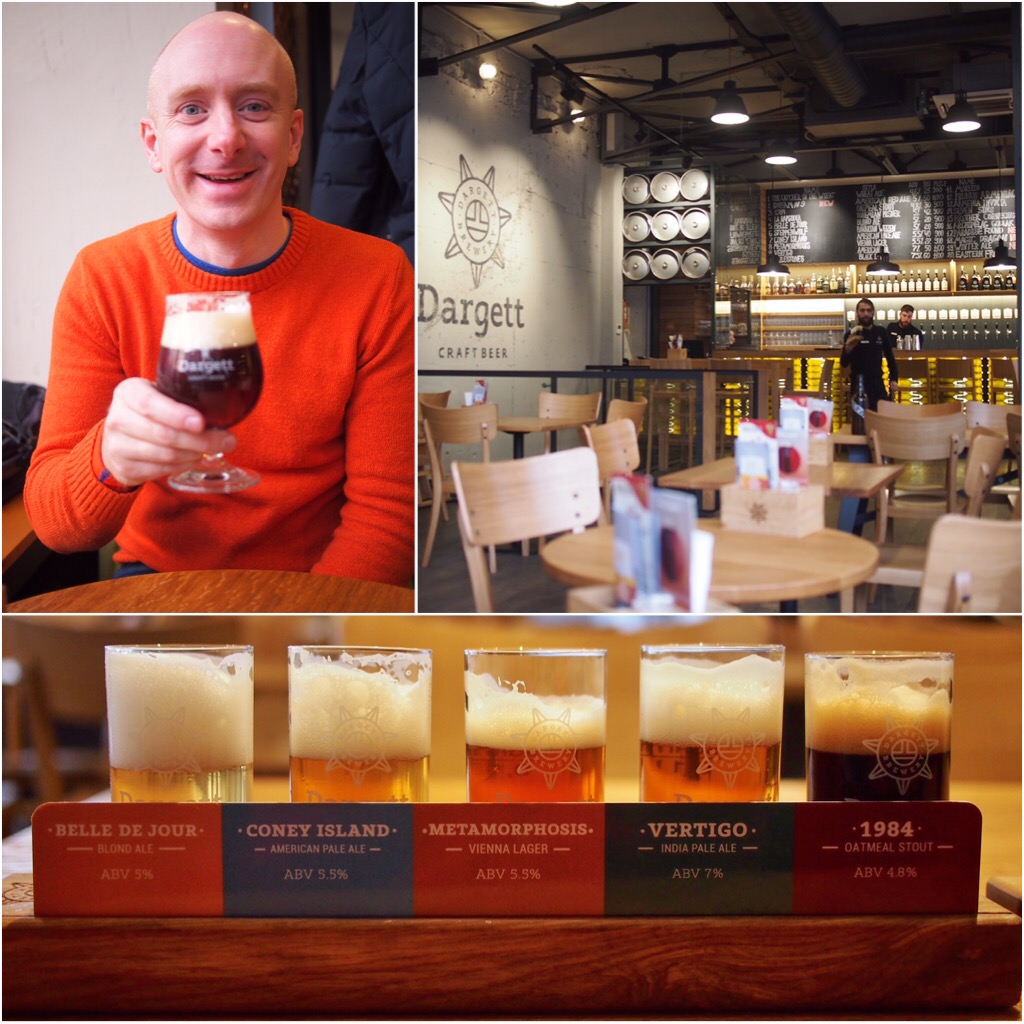
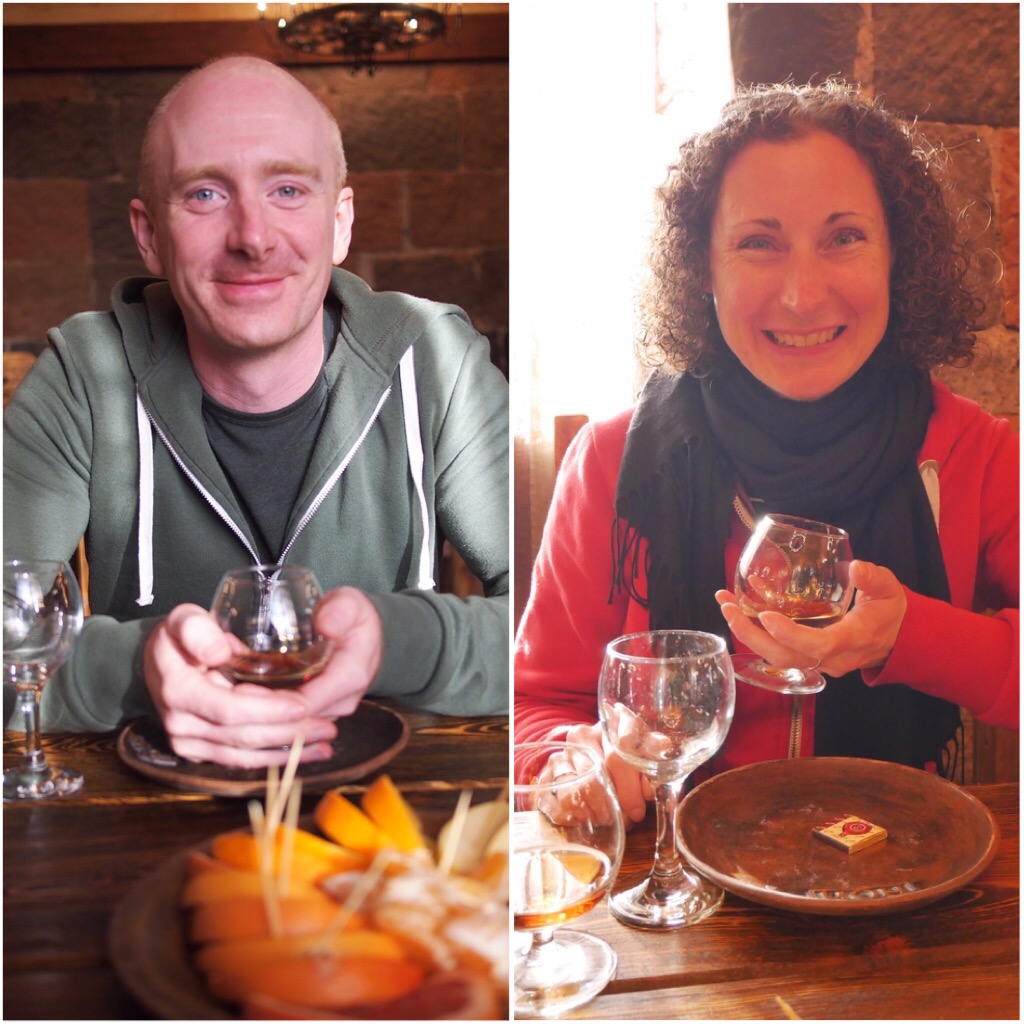
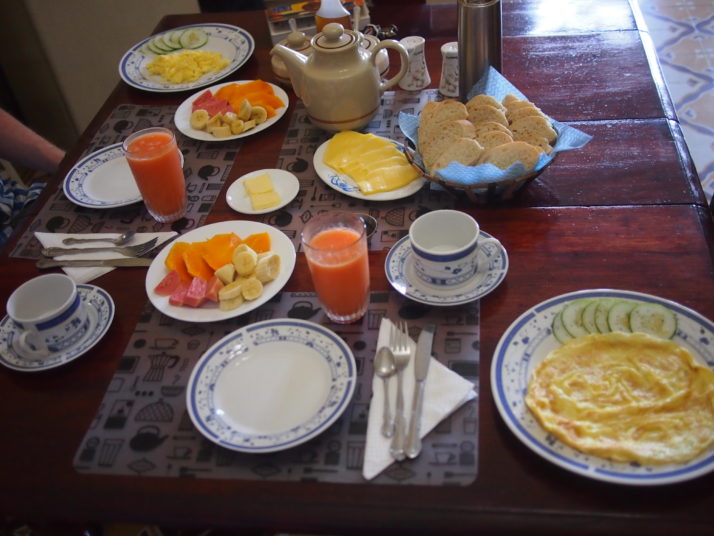
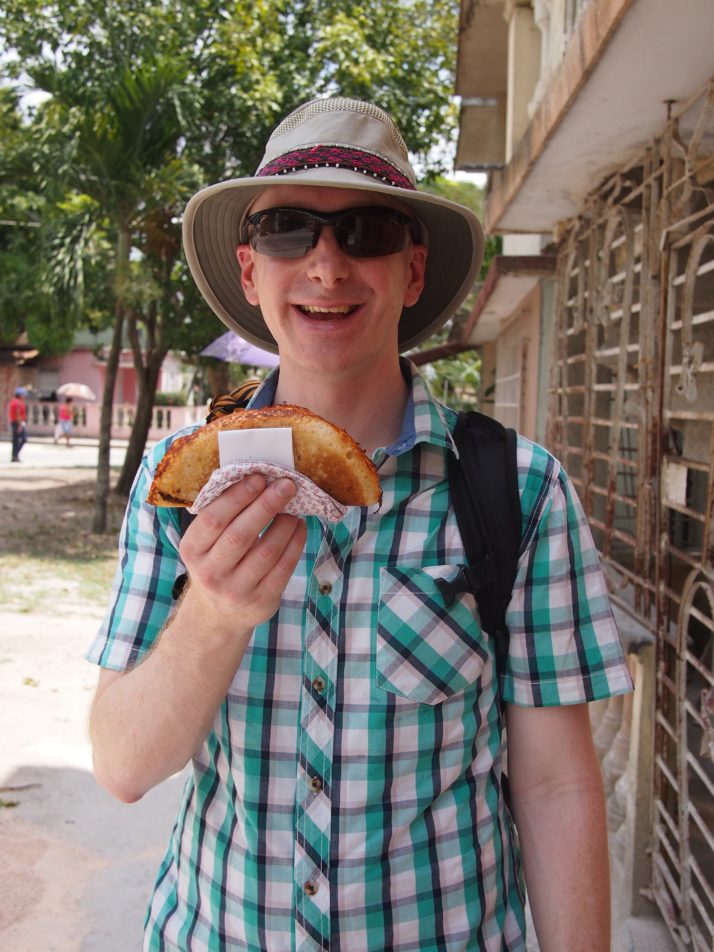 Andrew looking very happy with his first Cuban pizza even though he had to deploy his handkerchief to protect his fingers from the steaming dough!
Andrew looking very happy with his first Cuban pizza even though he had to deploy his handkerchief to protect his fingers from the steaming dough!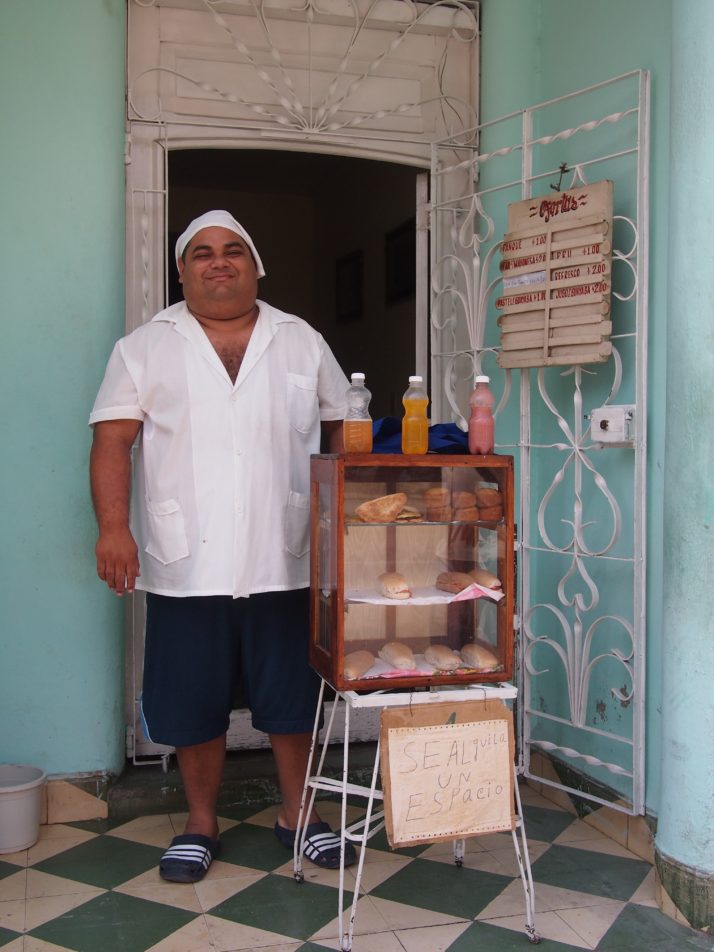 We bought sandwiches and cake from this friendly vendor in Bayamo
We bought sandwiches and cake from this friendly vendor in Bayamo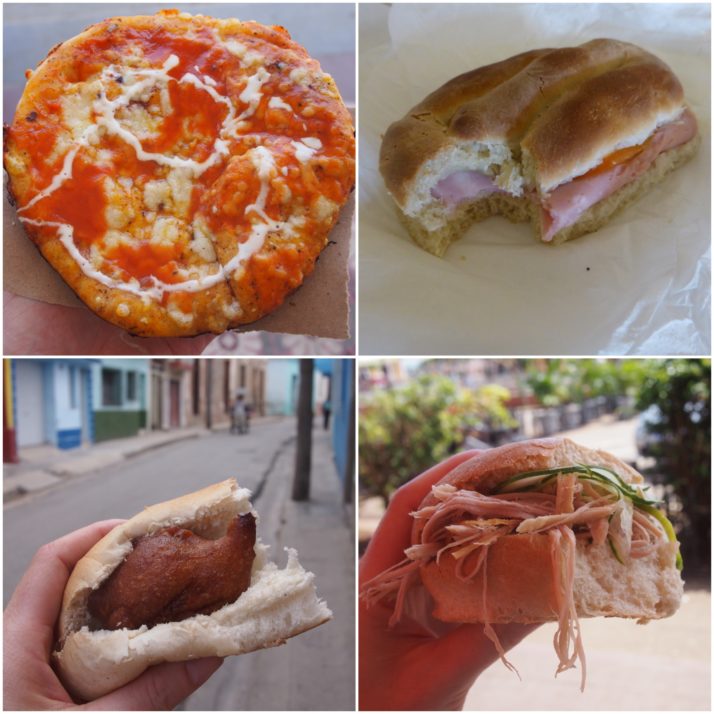 Street food (clockwise from top left): peso pizza; ham sandwich; pan con lechon; fritter sandwich
Street food (clockwise from top left): peso pizza; ham sandwich; pan con lechon; fritter sandwich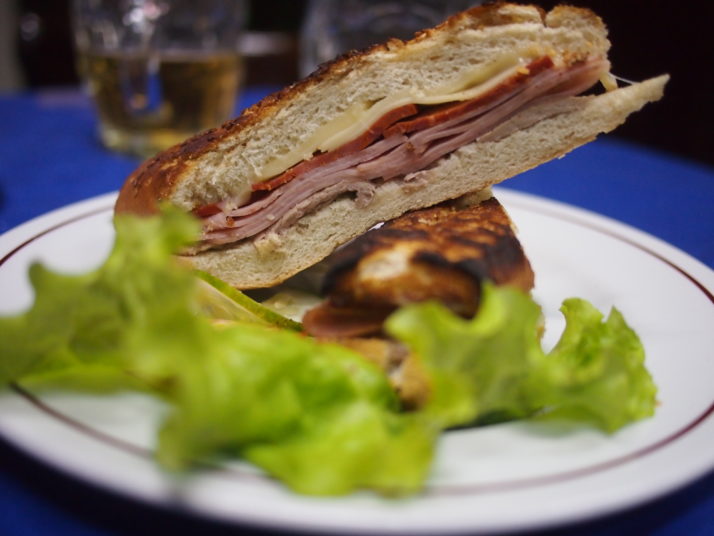 In bars and cafes sandwiches were often toasted. The ‘Cuban sandwich’ contains roast pork, ham and cheese and somehow manages to transcend all three
In bars and cafes sandwiches were often toasted. The ‘Cuban sandwich’ contains roast pork, ham and cheese and somehow manages to transcend all three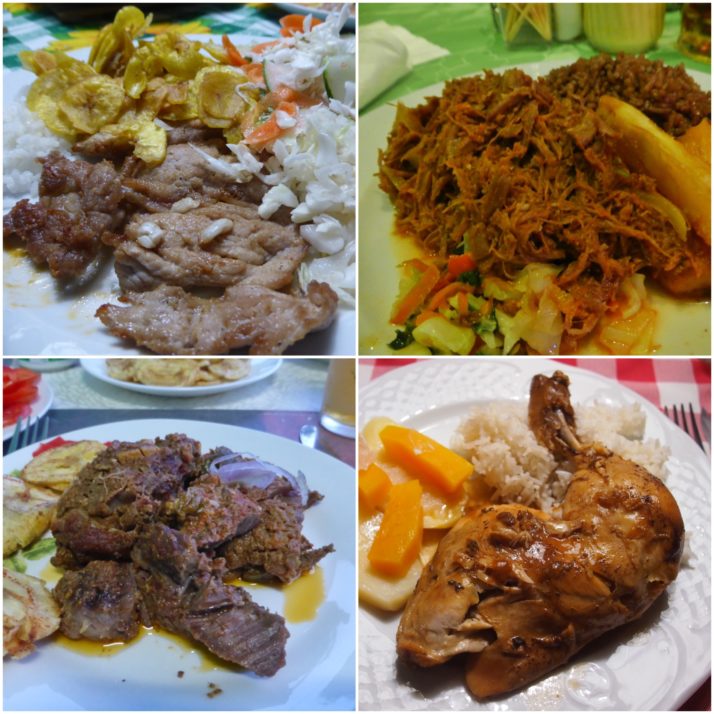 Clockwise from top left: fried pork with garlic; Ropa Vieja is not pretty but it is tasty; chicken leg; lamb casserole for dinner in Viñales
Clockwise from top left: fried pork with garlic; Ropa Vieja is not pretty but it is tasty; chicken leg; lamb casserole for dinner in Viñales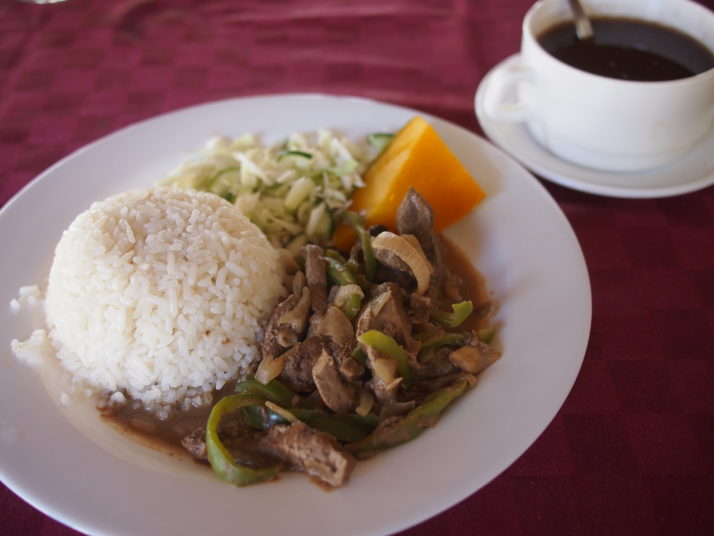 We didn’t come across much offal but when I saw the unfamiliar word ‘hidalgo’ on a menu and found in our dictionary that it was liver I knew what I would be having for lunch! The liver was sauteed with onions and green peppers and made a nice change from the more usual options
We didn’t come across much offal but when I saw the unfamiliar word ‘hidalgo’ on a menu and found in our dictionary that it was liver I knew what I would be having for lunch! The liver was sauteed with onions and green peppers and made a nice change from the more usual options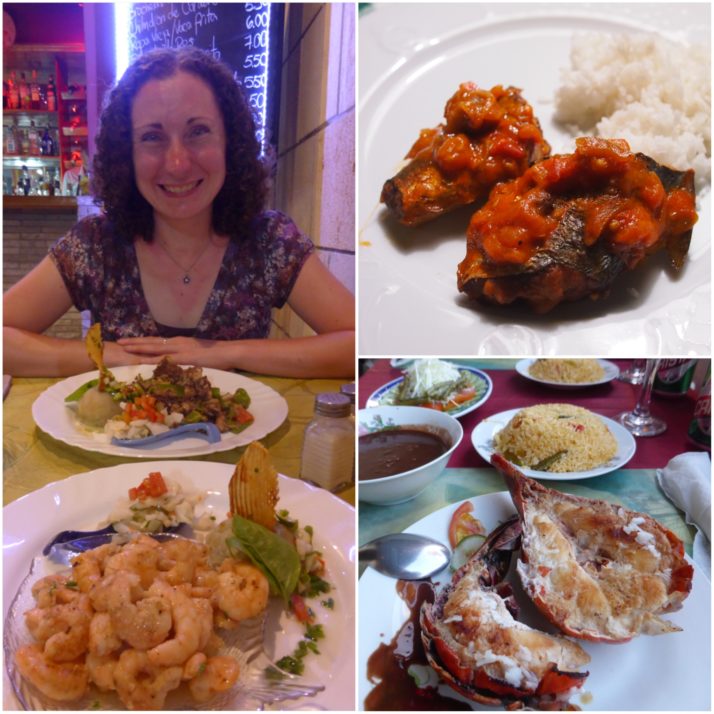 Clockwise from left: At
Clockwise from left: At 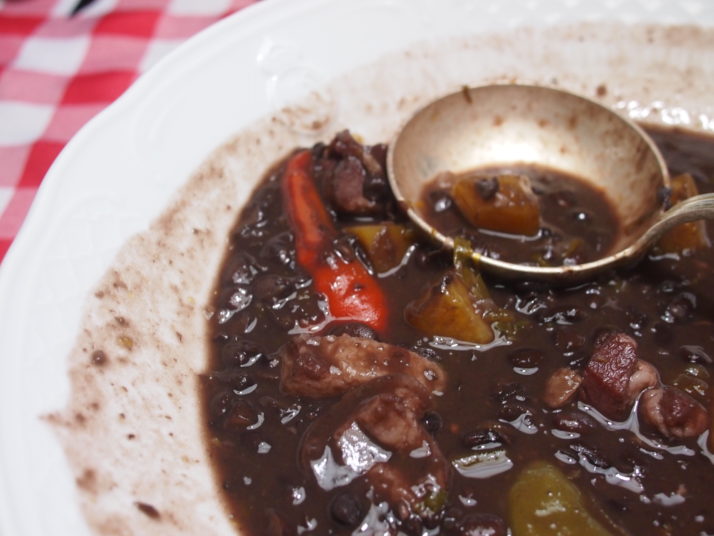 Black bean soup in Camagüey – delicious but not easy to photograph!
Black bean soup in Camagüey – delicious but not easy to photograph!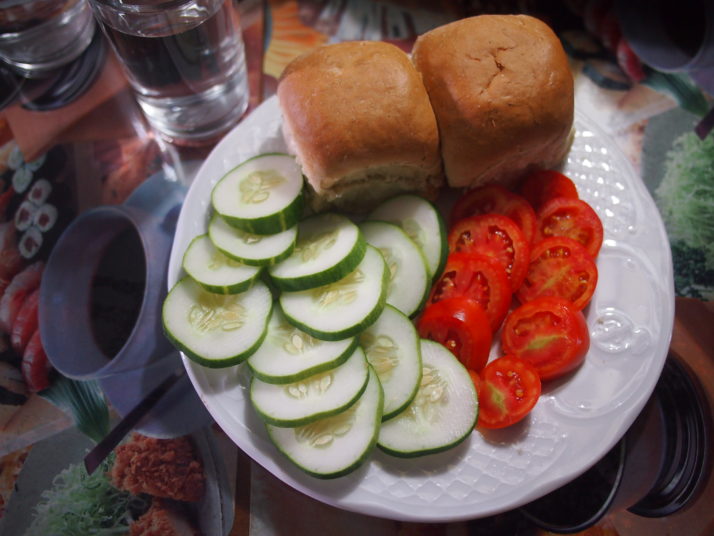 When we didn’t feel like pizza or a processed cheese sandwich for lunch we bought a handful of tomatoes and cucumbers and a loaf of bread.
When we didn’t feel like pizza or a processed cheese sandwich for lunch we bought a handful of tomatoes and cucumbers and a loaf of bread.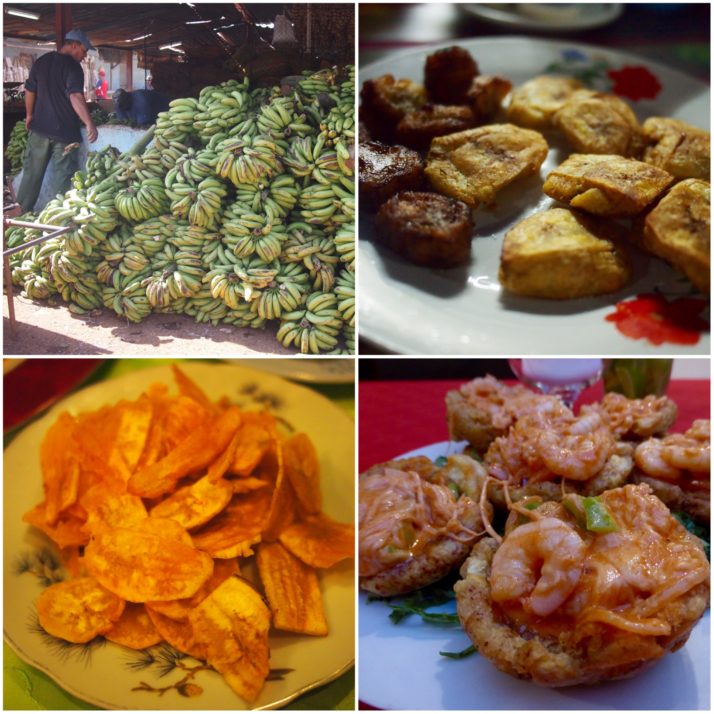 Plantains in their various guises (clockwise from top left): this market stall gives an idea of how much plantains are used; fried plantains as a side dish; plantain shells stuffed with prawns and cheese as a starter; plantain crisps
Plantains in their various guises (clockwise from top left): this market stall gives an idea of how much plantains are used; fried plantains as a side dish; plantain shells stuffed with prawns and cheese as a starter; plantain crisps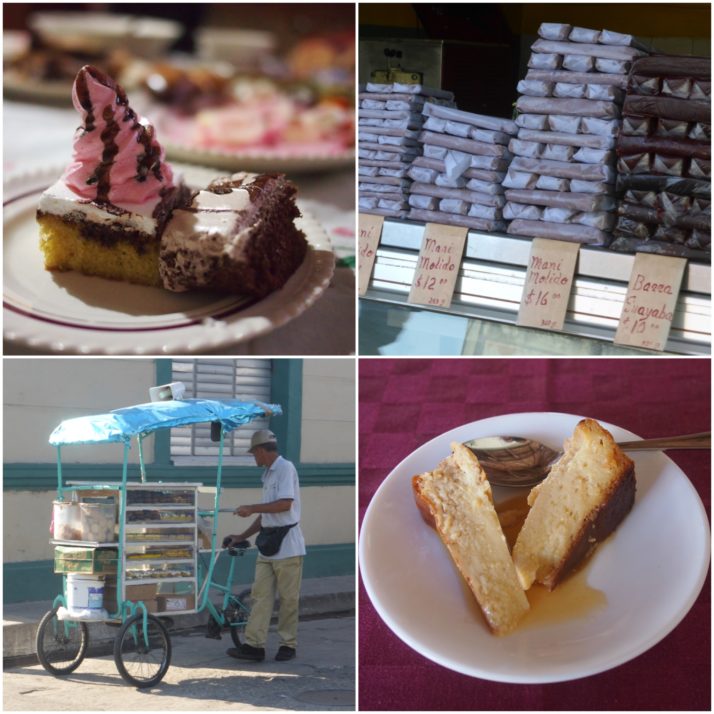 Cuban sweets (clockwise from top left): cakes with a generous swirl of marshmallow fluff; bars of ground peanuts and guava membrillo for sale; flan; a cake vendor roams the streets in Matanzas
Cuban sweets (clockwise from top left): cakes with a generous swirl of marshmallow fluff; bars of ground peanuts and guava membrillo for sale; flan; a cake vendor roams the streets in Matanzas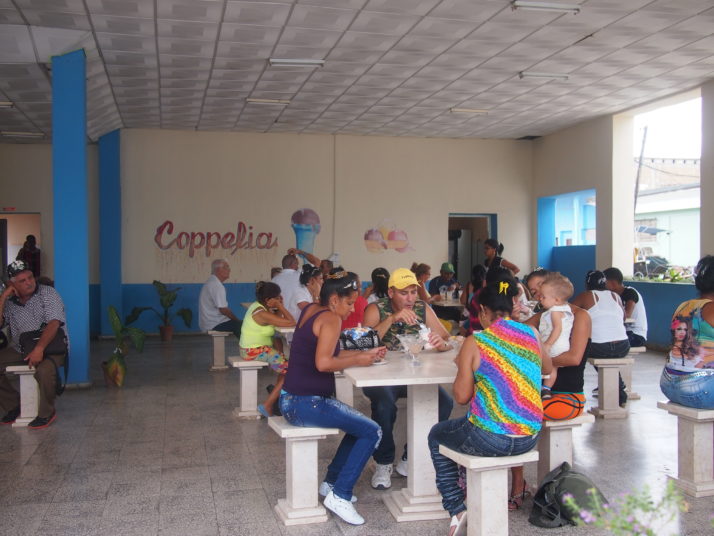 Cubans love their ice cream and there are cheap ice cream cafes in every city
Cubans love their ice cream and there are cheap ice cream cafes in every city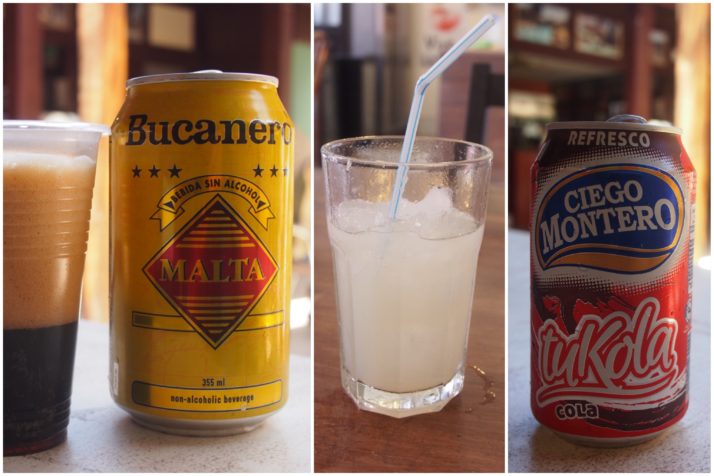 Malta, natural lemonade made from lime juice and sugar topped up with mineral water and tuKola
Malta, natural lemonade made from lime juice and sugar topped up with mineral water and tuKola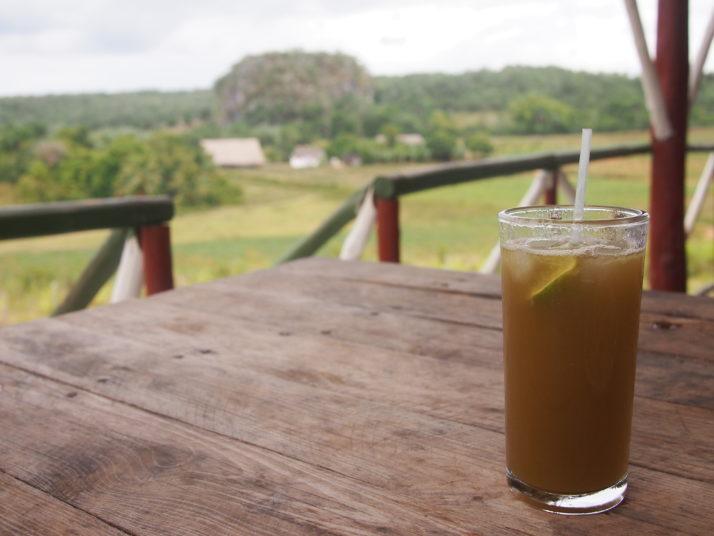 Sugar cane juice (guarapo) in an idyllic setting near
Sugar cane juice (guarapo) in an idyllic setting near 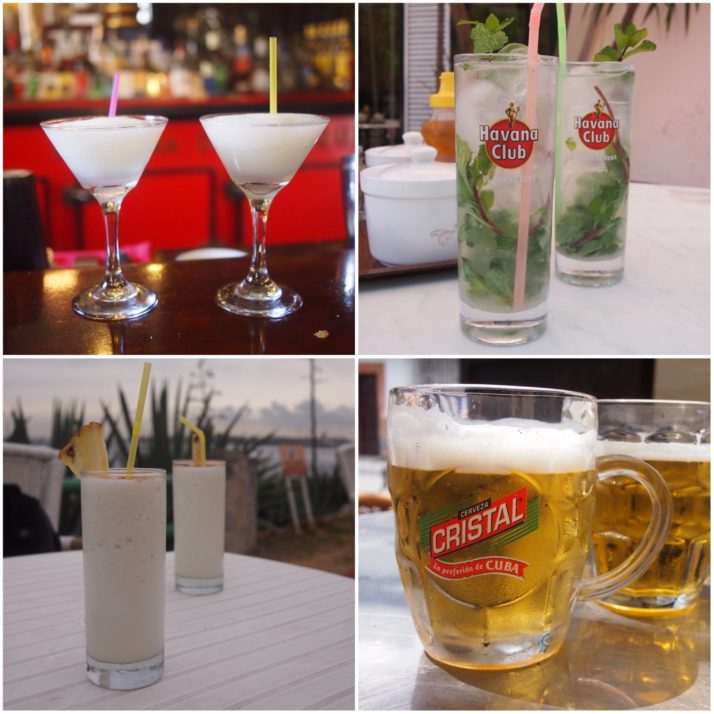 Clockwise from top left: daiquiris; mojitos; Cristal was my favourite of the local beers; piña coladas
Clockwise from top left: daiquiris; mojitos; Cristal was my favourite of the local beers; piña coladas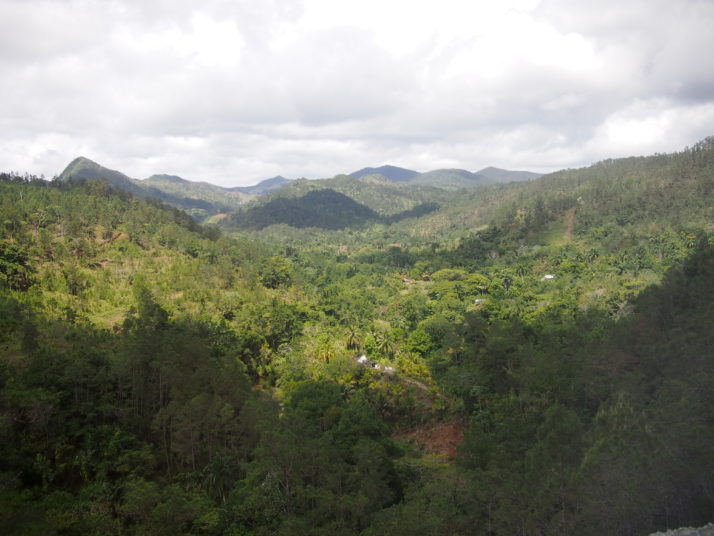 Spectacular views from the bus as we climbed through the mountains on our way to Baracoa along La Farola
Spectacular views from the bus as we climbed through the mountains on our way to Baracoa along La Farola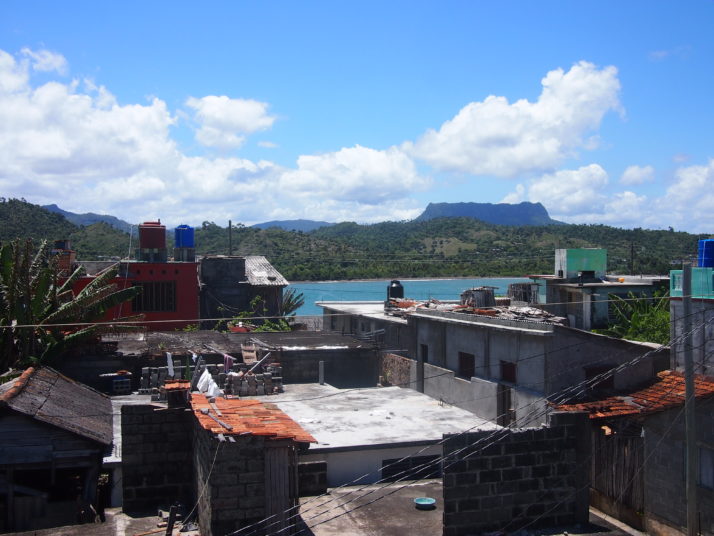 The table top mountain called El Yunque, the Anvil, is the symbol of Baracoa and is visible from many places in town including the roof terrace of our guesthouse.
The table top mountain called El Yunque, the Anvil, is the symbol of Baracoa and is visible from many places in town including the roof terrace of our guesthouse.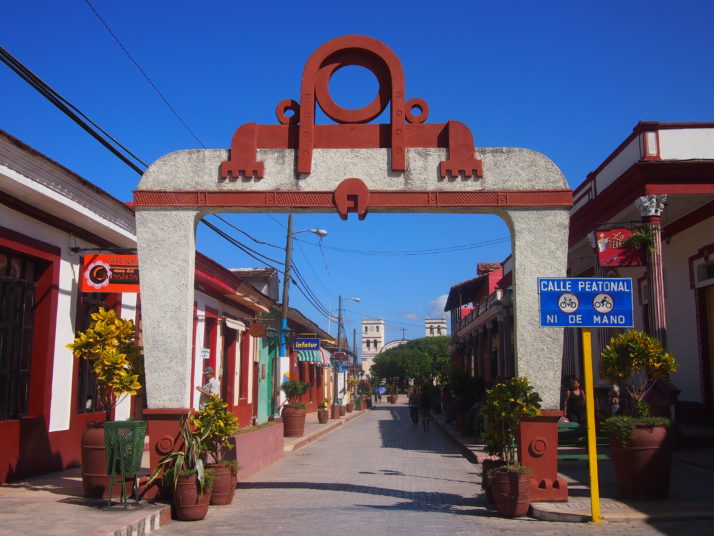 Looking along Baracoa’s walking street towards the cathedral
Looking along Baracoa’s walking street towards the cathedral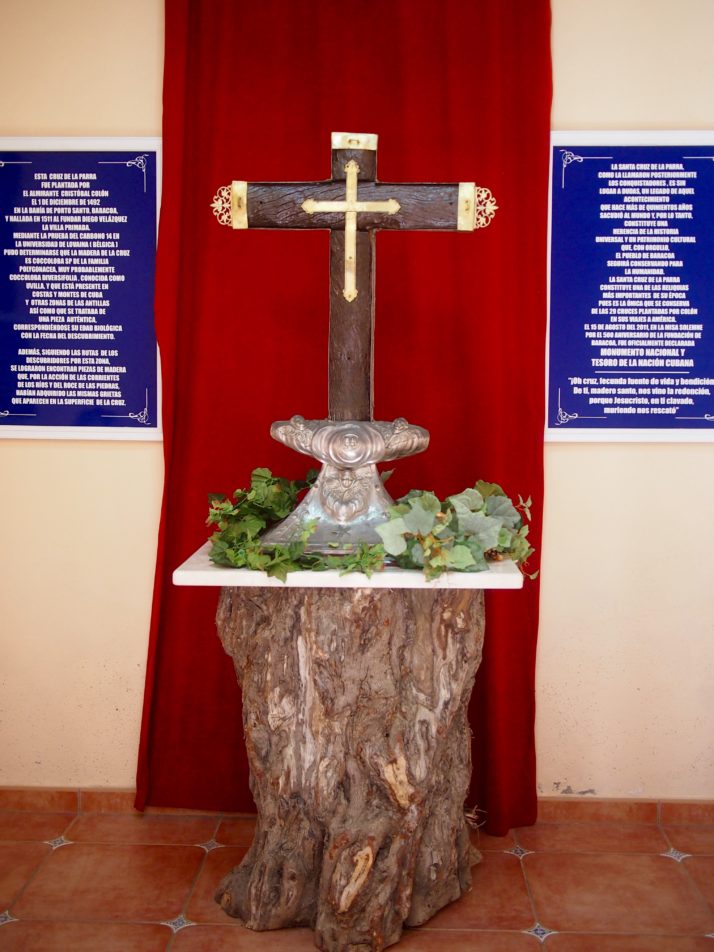 The Cruz de la Parra has been carbon dated to prove that it dates from the correct period but the wood is native Cuban and was not carried from Europe by Columbus as legend has it
The Cruz de la Parra has been carbon dated to prove that it dates from the correct period but the wood is native Cuban and was not carried from Europe by Columbus as legend has it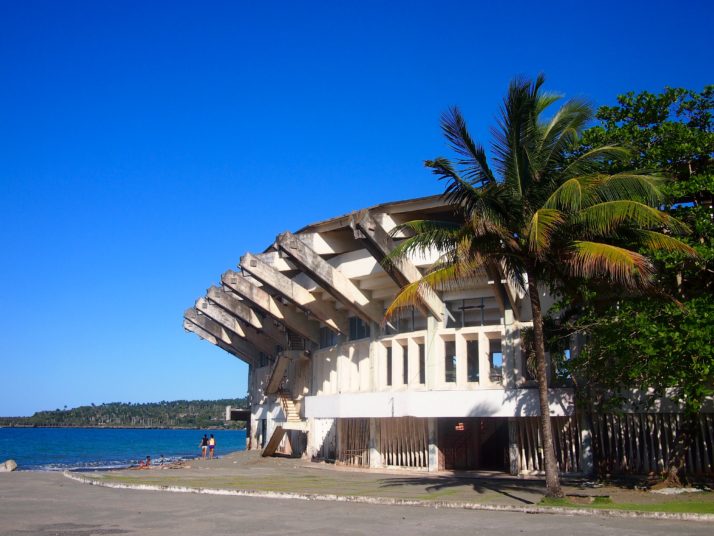 Baseball is Cuba’s national sport but its stadium was host to football practice when we poked our noses in
Baseball is Cuba’s national sport but its stadium was host to football practice when we poked our noses in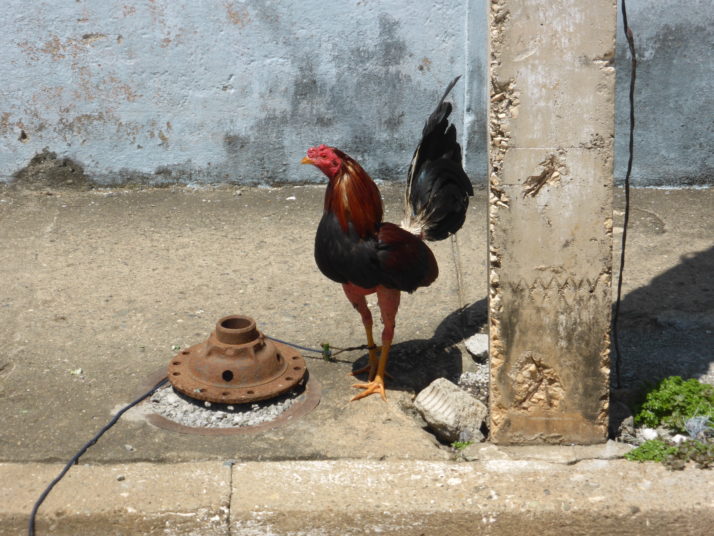 Cockfighting is a popular sport in Cuba judging by the number of cockerels we saw on a short walk through Baracoa’s streets
Cockfighting is a popular sport in Cuba judging by the number of cockerels we saw on a short walk through Baracoa’s streets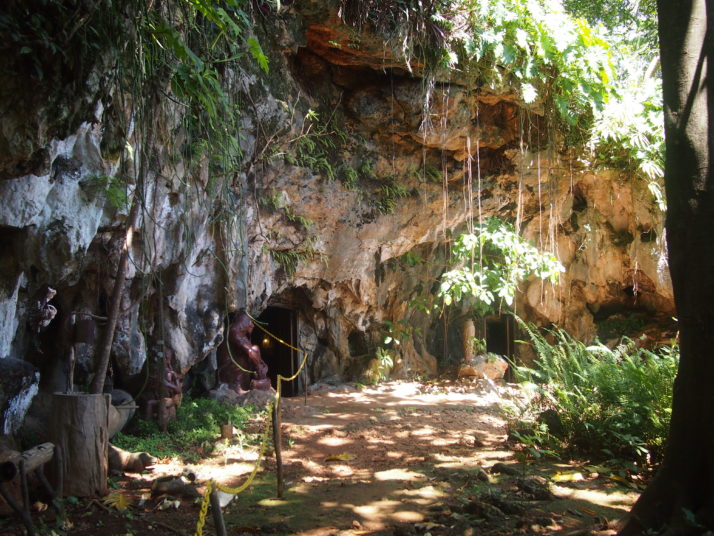 The entrance to Baracoa’s Museum of Archaeology
The entrance to Baracoa’s Museum of Archaeology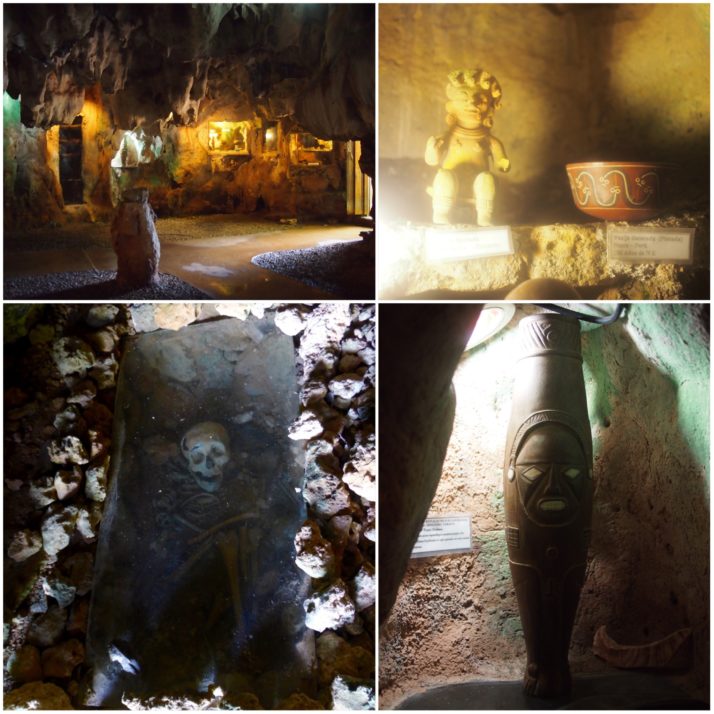 Museum of Archaeology (clockwise from top left): display cases inside the cave; Taíno artefacts; a replica of the Ídolo de Tabaco, one of the most important Taíno finds in the Caribbean; burial chamber
Museum of Archaeology (clockwise from top left): display cases inside the cave; Taíno artefacts; a replica of the Ídolo de Tabaco, one of the most important Taíno finds in the Caribbean; burial chamber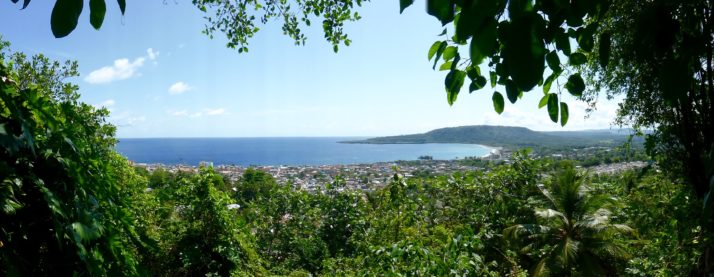 The viewpoint above the museum provides a reward for the uphill climb
The viewpoint above the museum provides a reward for the uphill climb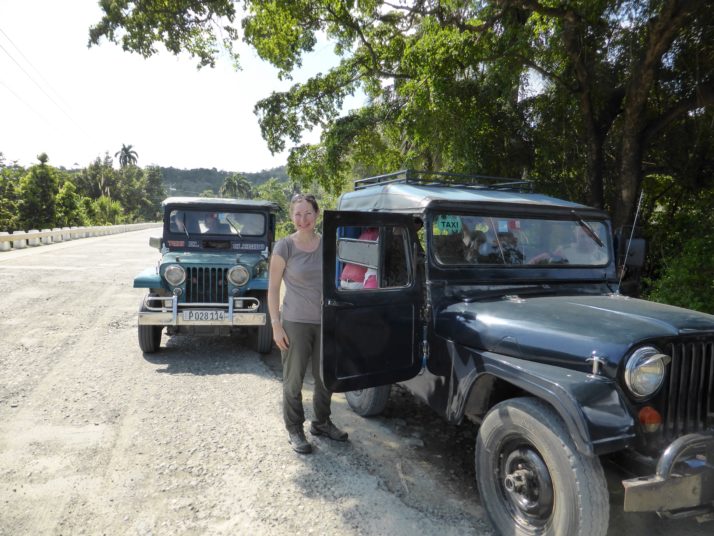 Stretching our legs during a brief pause in the drive to Humboldt National Park
Stretching our legs during a brief pause in the drive to Humboldt National Park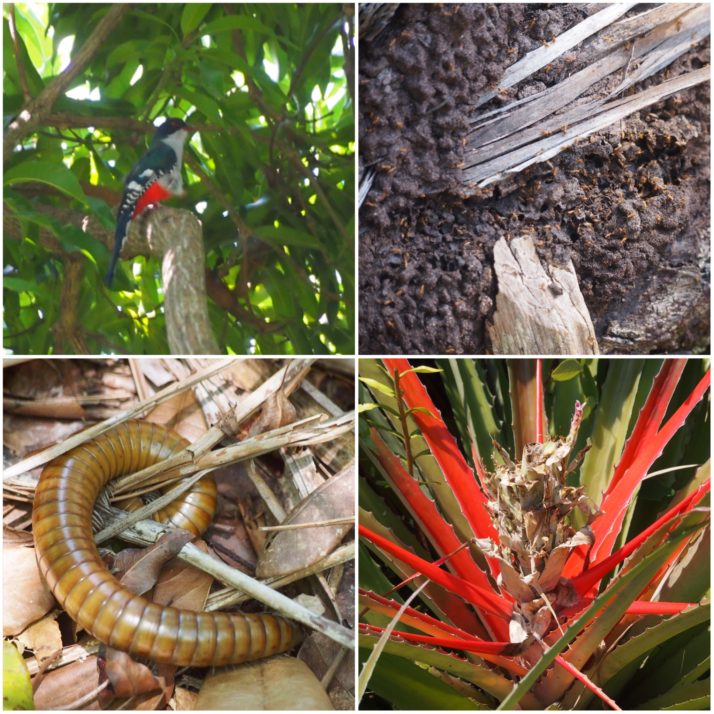 Flora and fauna in Humboldt National Park (clockwise from top left): Cuba’s national bird, the Tocororo; termites; the colourful Rat Pineapple is related to the normal pineapple but doesn’t produce an edible fruit; this huge millipede was about 25cm long and thicker than my thumb
Flora and fauna in Humboldt National Park (clockwise from top left): Cuba’s national bird, the Tocororo; termites; the colourful Rat Pineapple is related to the normal pineapple but doesn’t produce an edible fruit; this huge millipede was about 25cm long and thicker than my thumb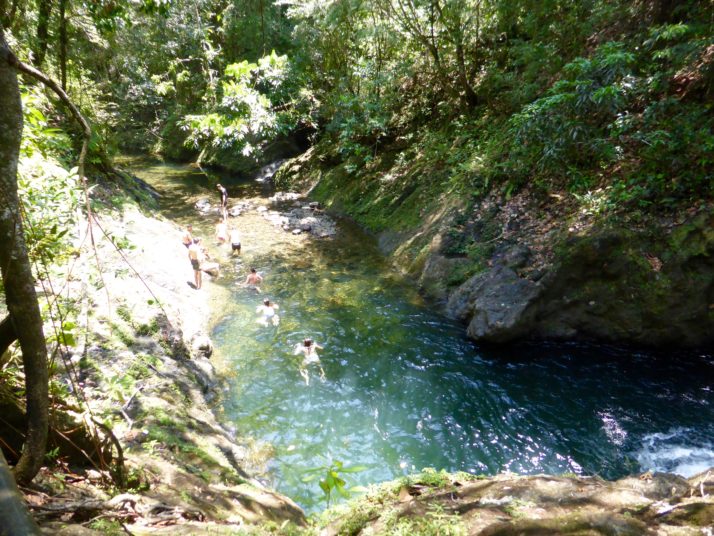 Some of our group swimming down the river to join us at the lunch spot
Some of our group swimming down the river to join us at the lunch spot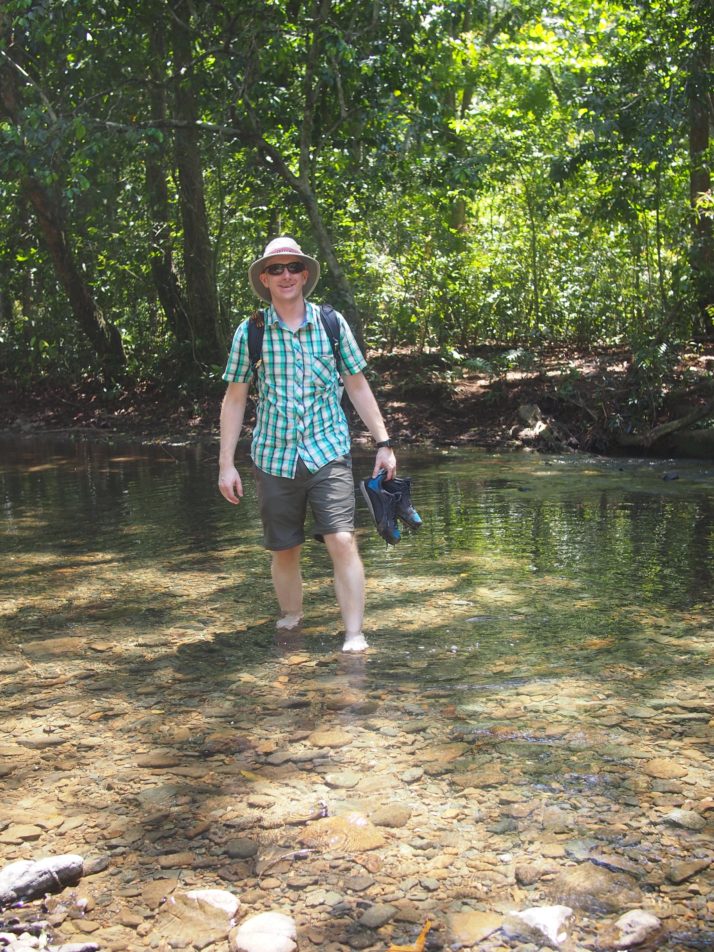 After lunch we had to cross the river 8 times to get back to where we’d left the jeeps. I was glad that I’d carried my flip-flops to cross the stony riverbed, Andrew had to do it barefoot.
After lunch we had to cross the river 8 times to get back to where we’d left the jeeps. I was glad that I’d carried my flip-flops to cross the stony riverbed, Andrew had to do it barefoot.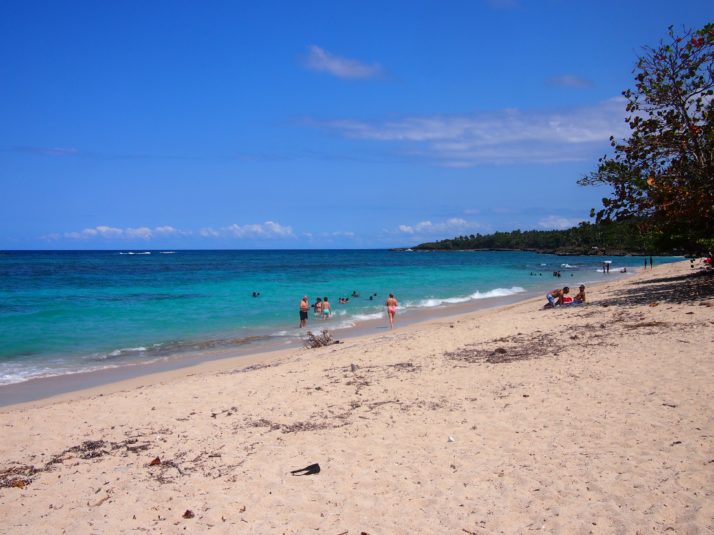 Playa Maguana, there’s even a guy who’ll bring you a drink direct to your beach towel
Playa Maguana, there’s even a guy who’ll bring you a drink direct to your beach towel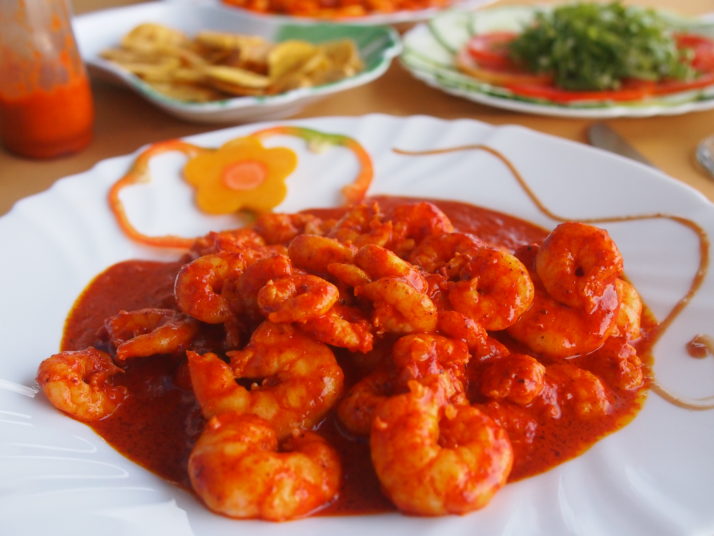 Prawns with the Baracoan sauce made from coconut milk, tomatoes, garlic and spices
Prawns with the Baracoan sauce made from coconut milk, tomatoes, garlic and spices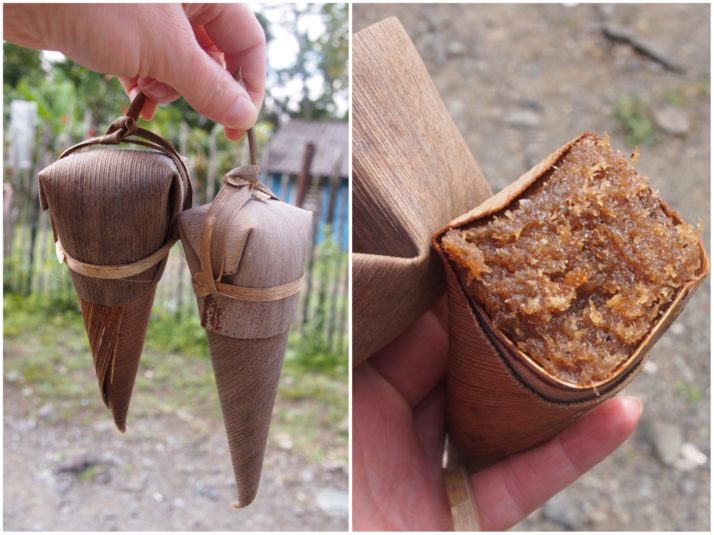 Peeling a cucurucho
Peeling a cucurucho